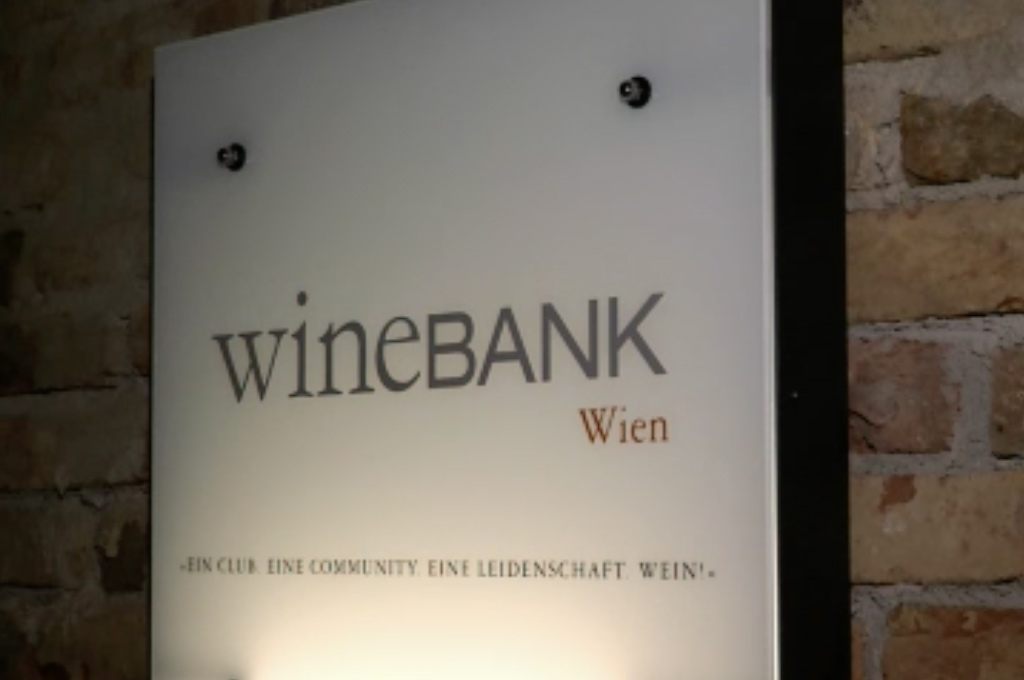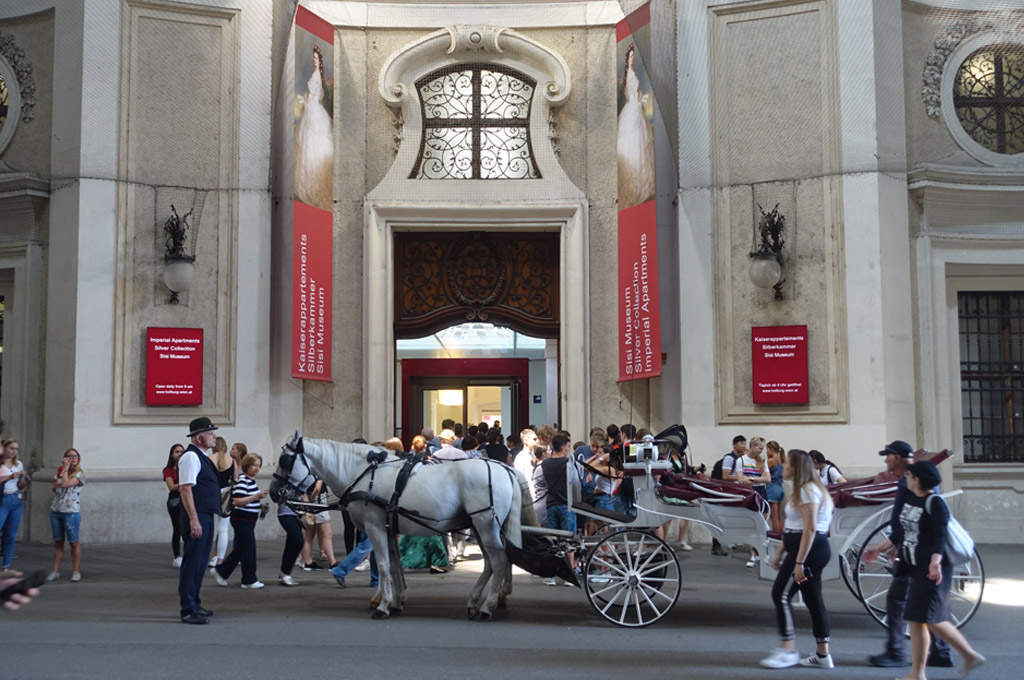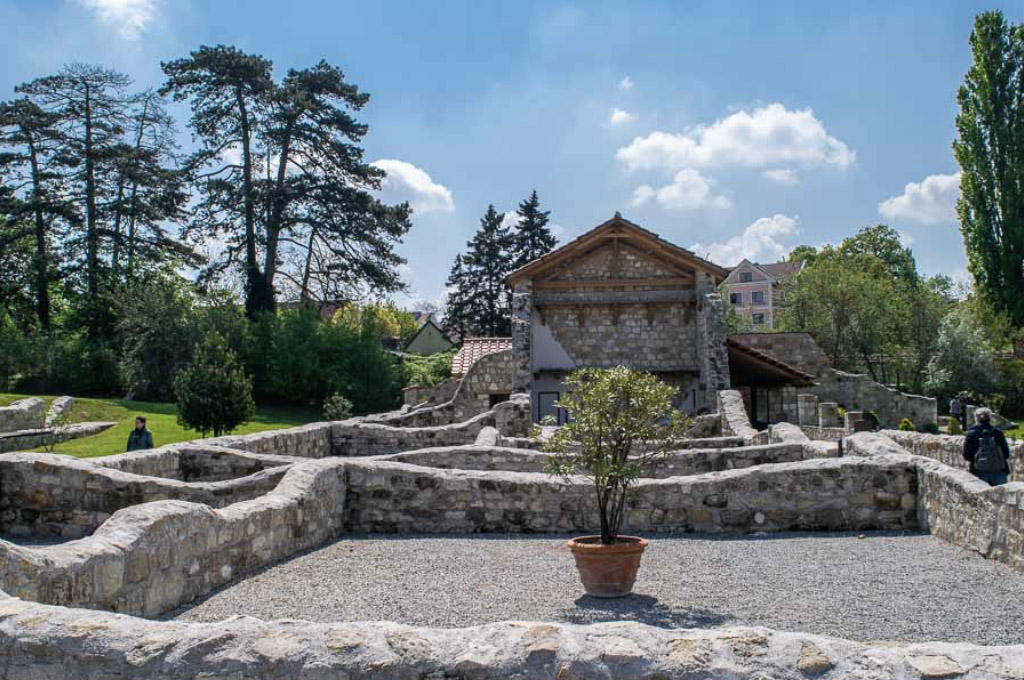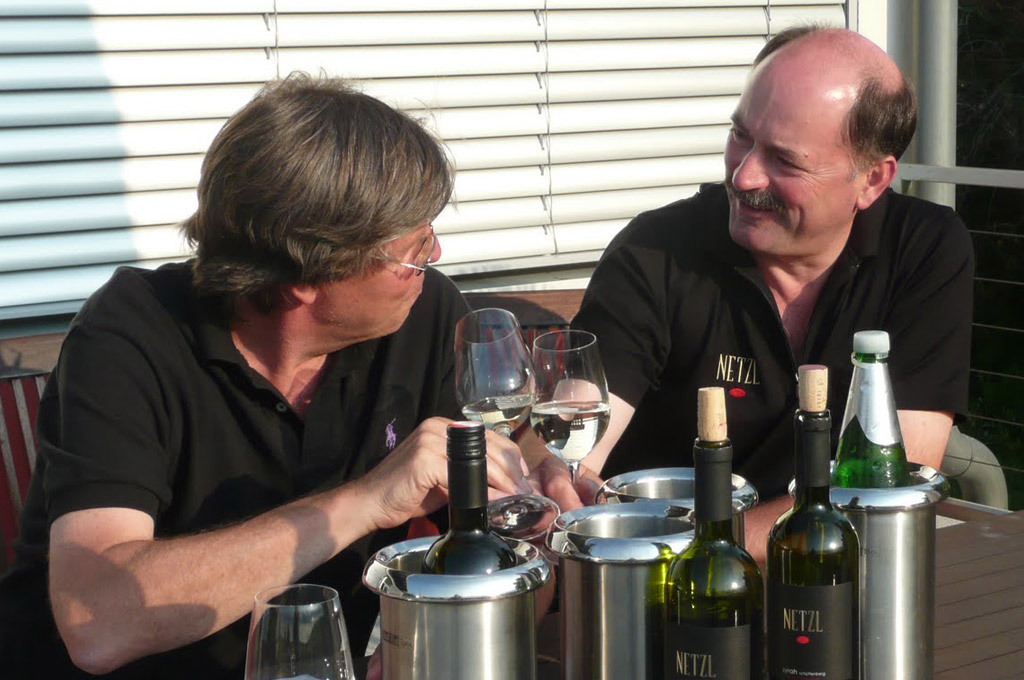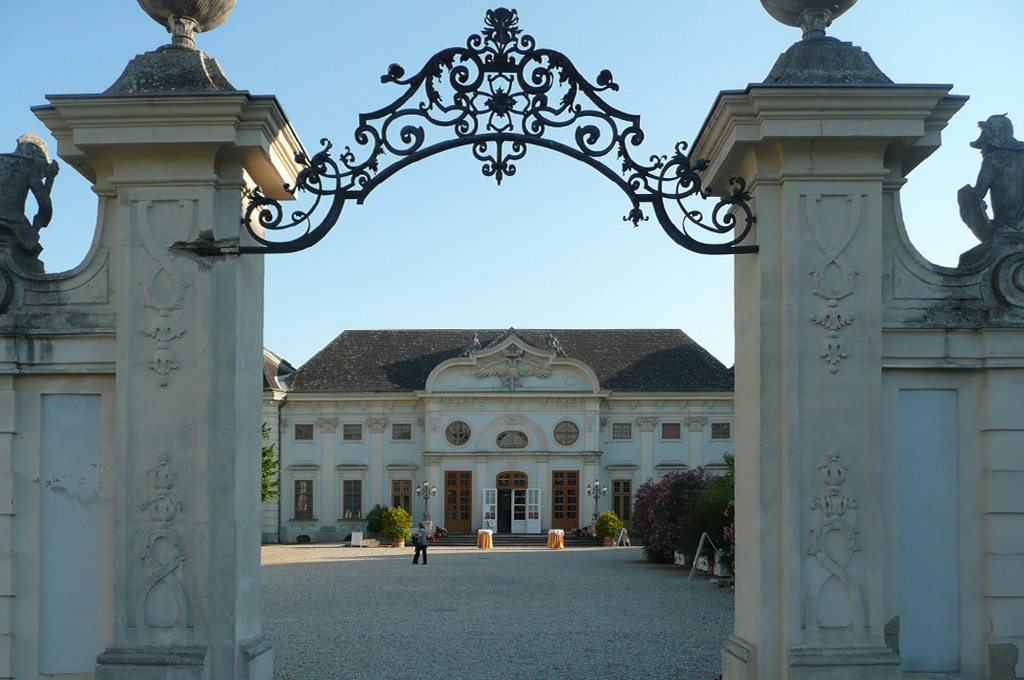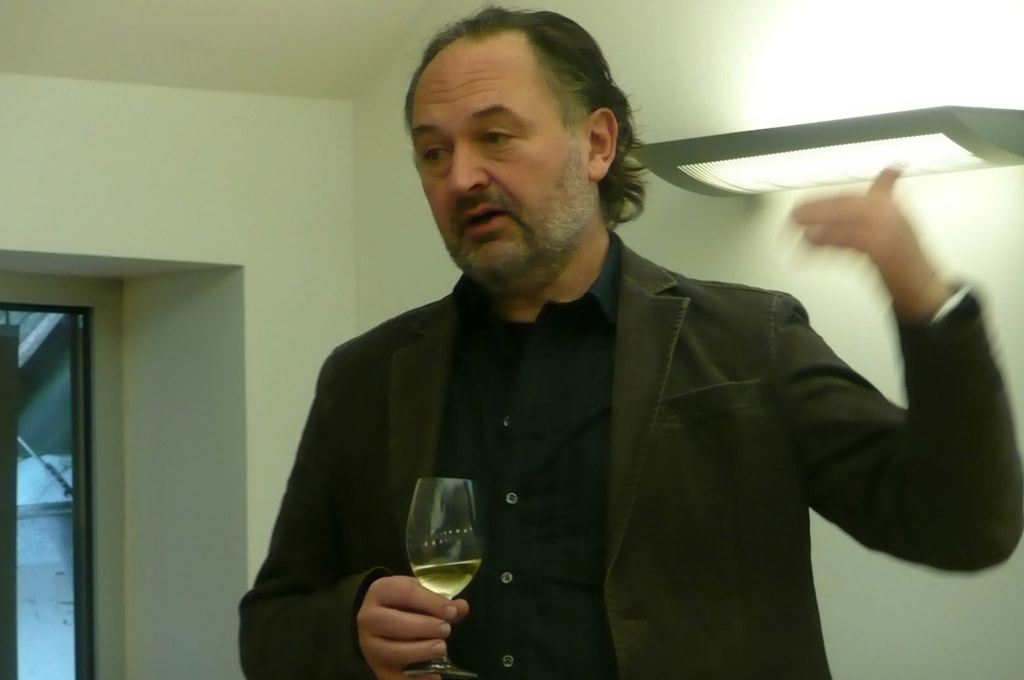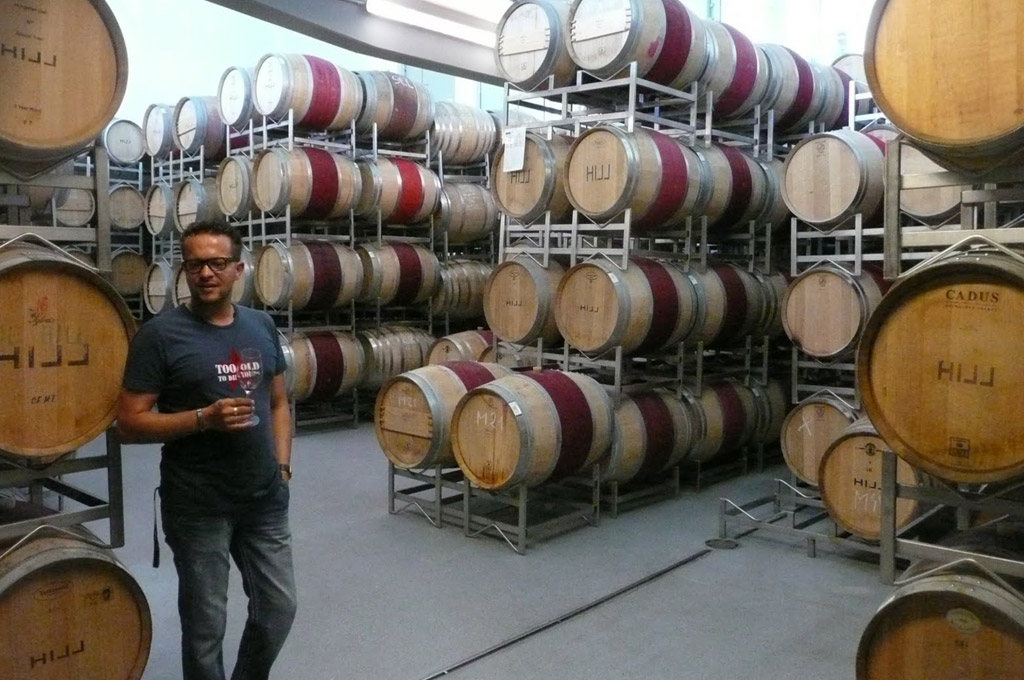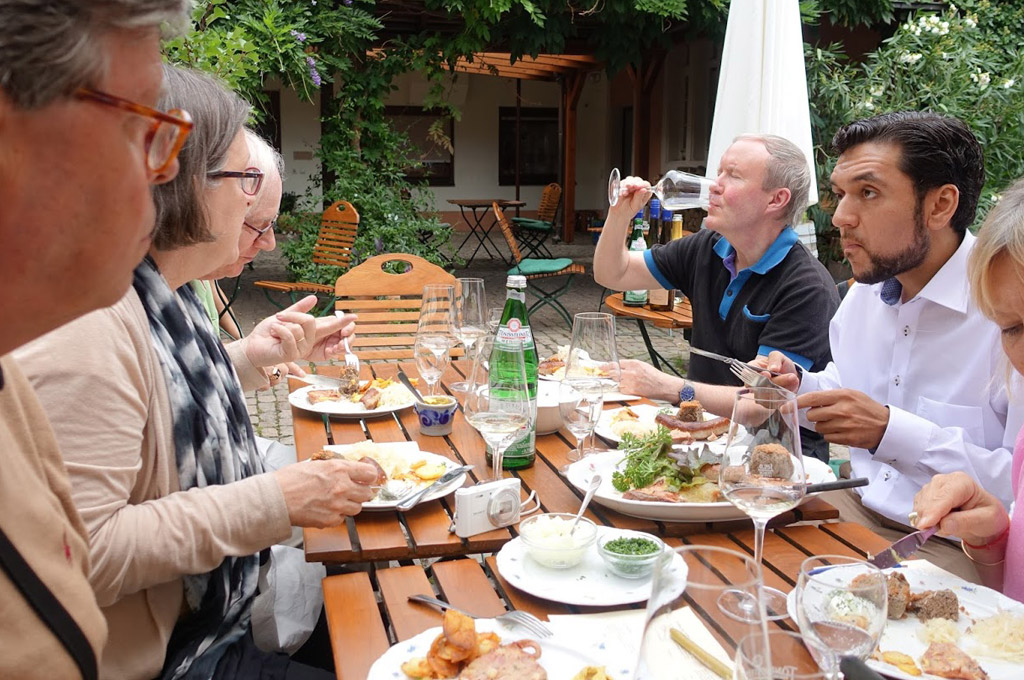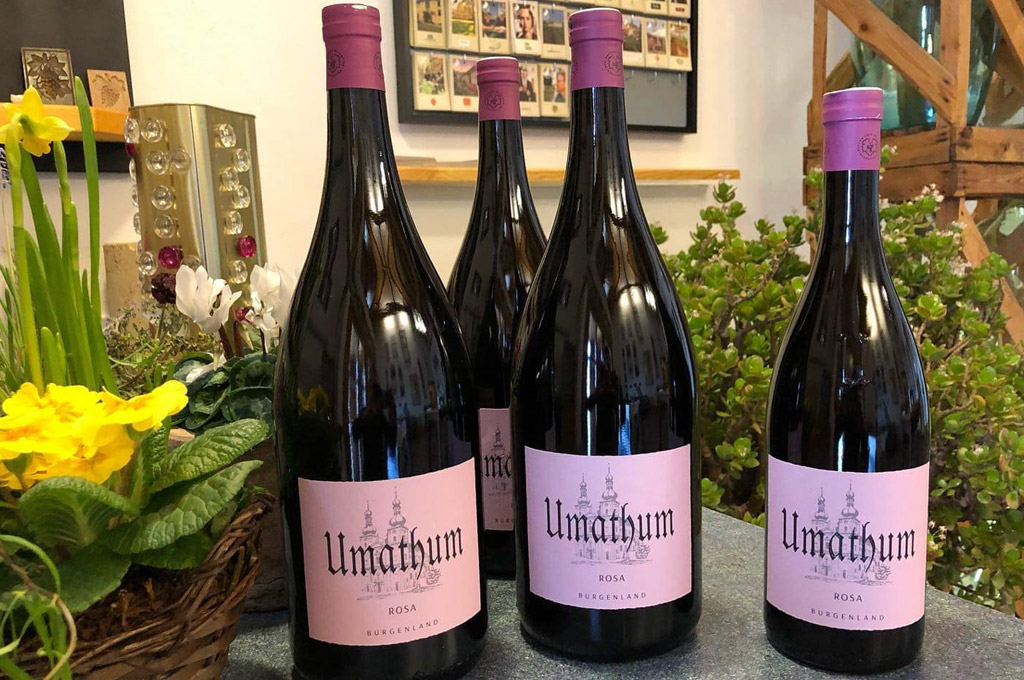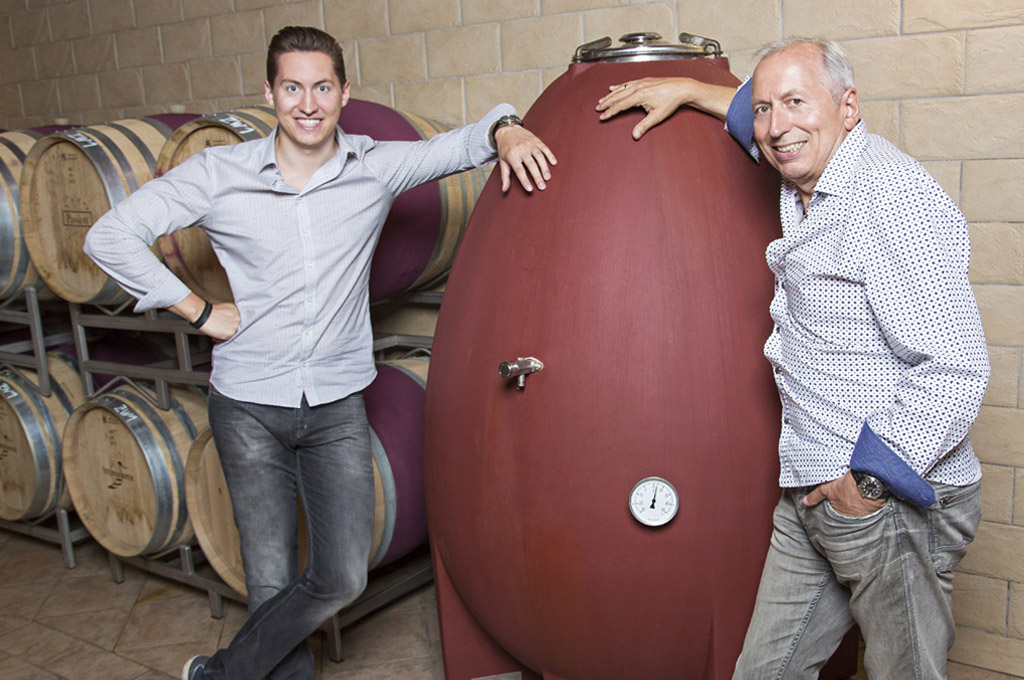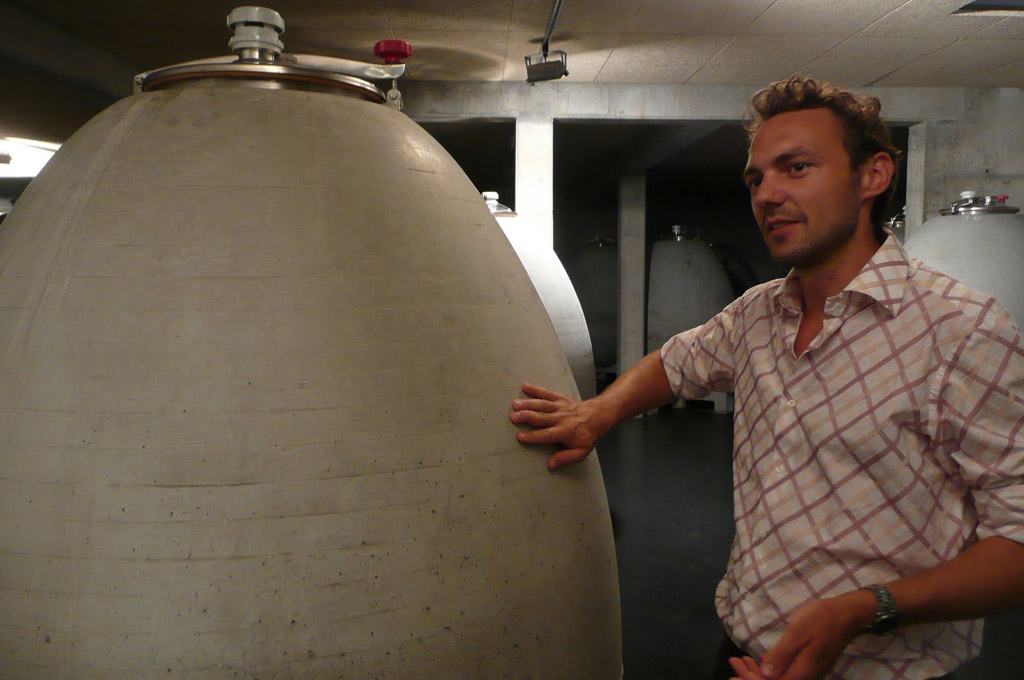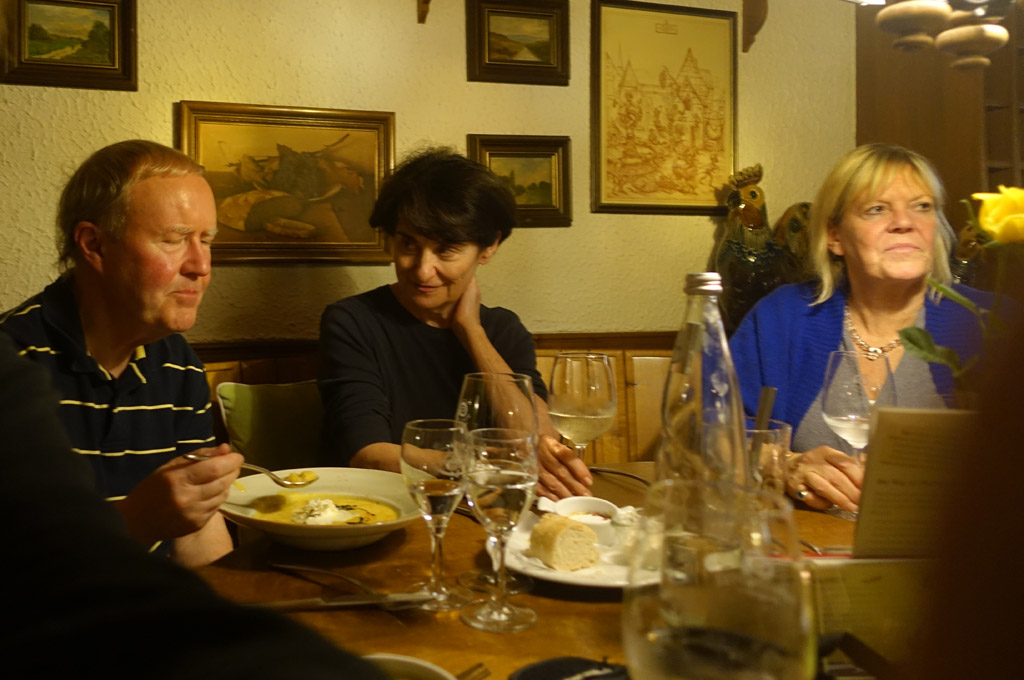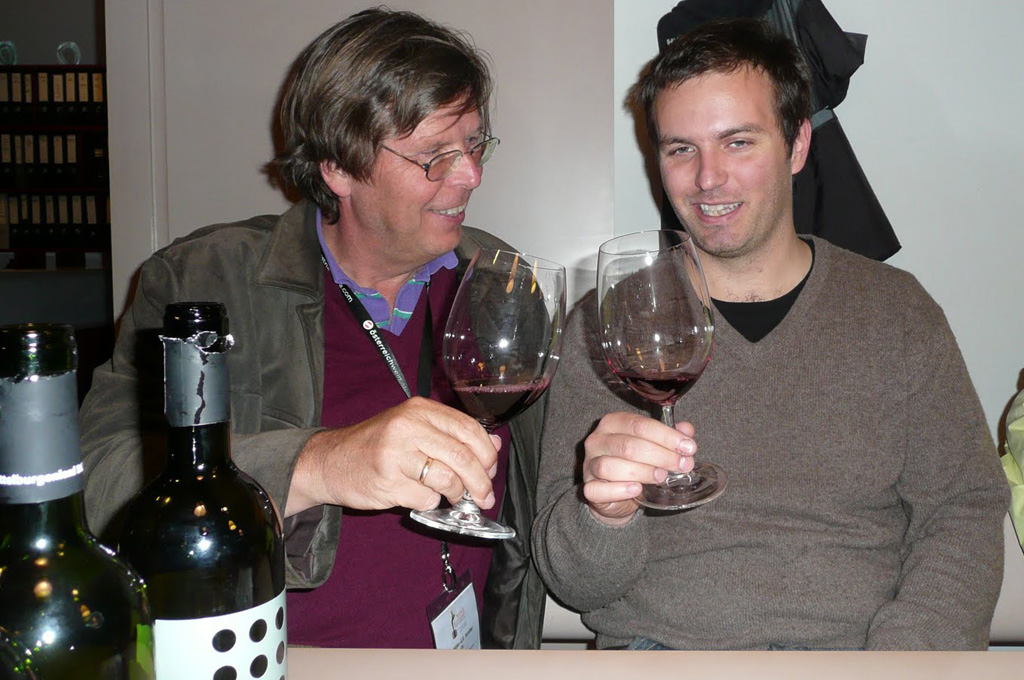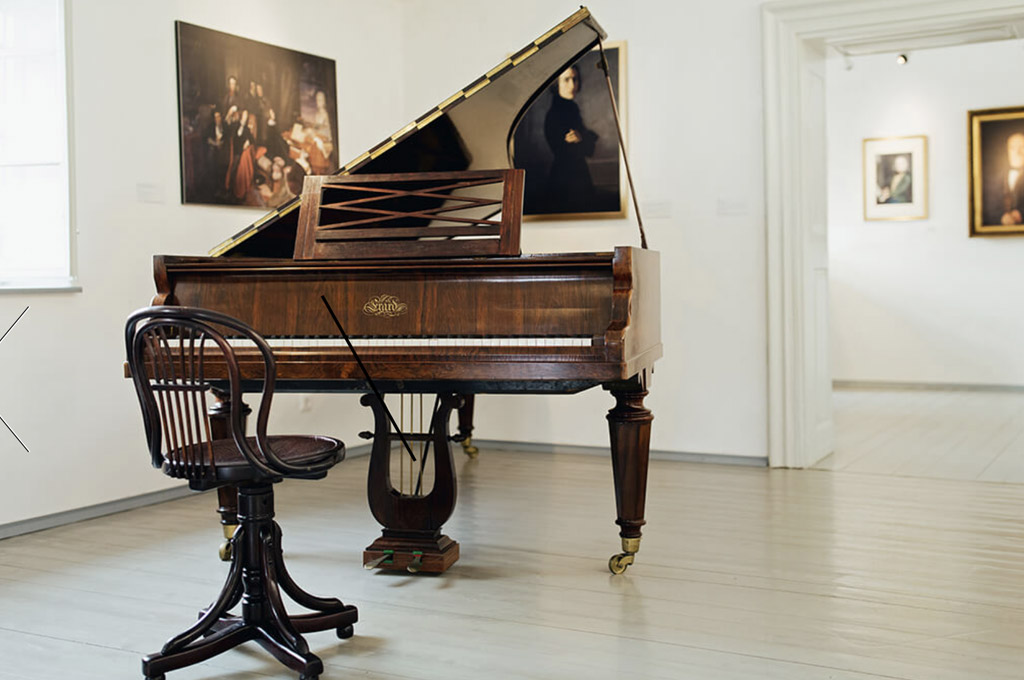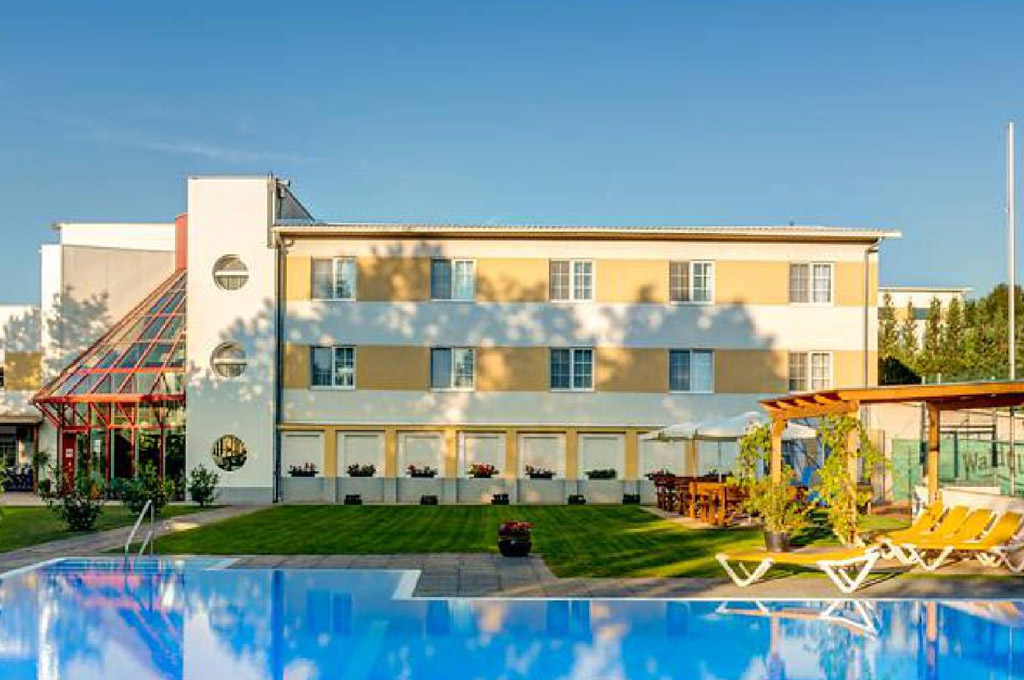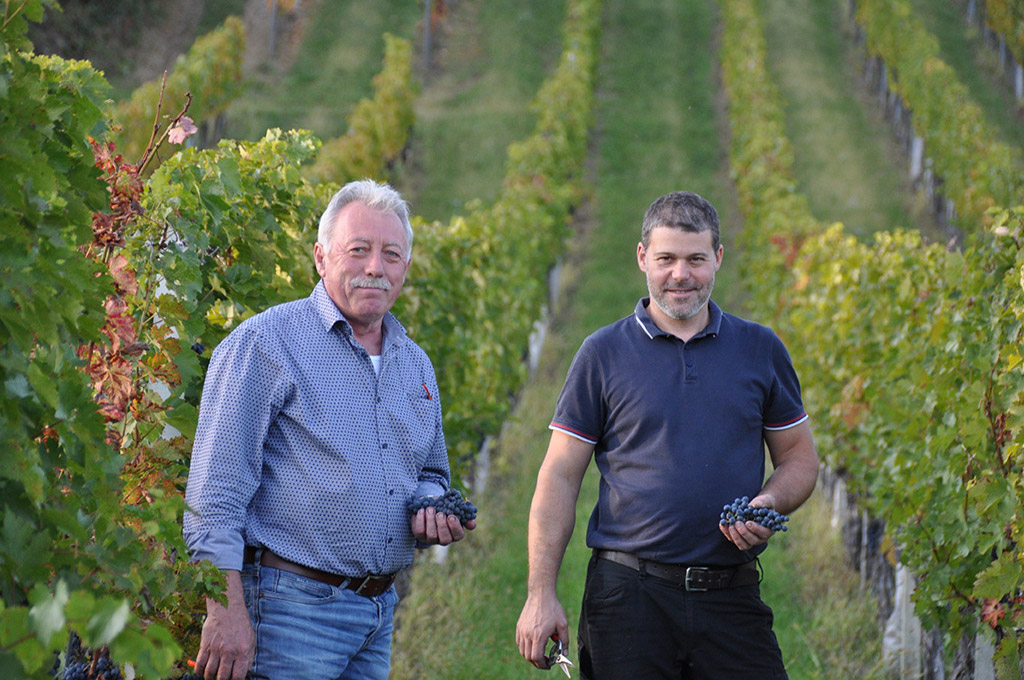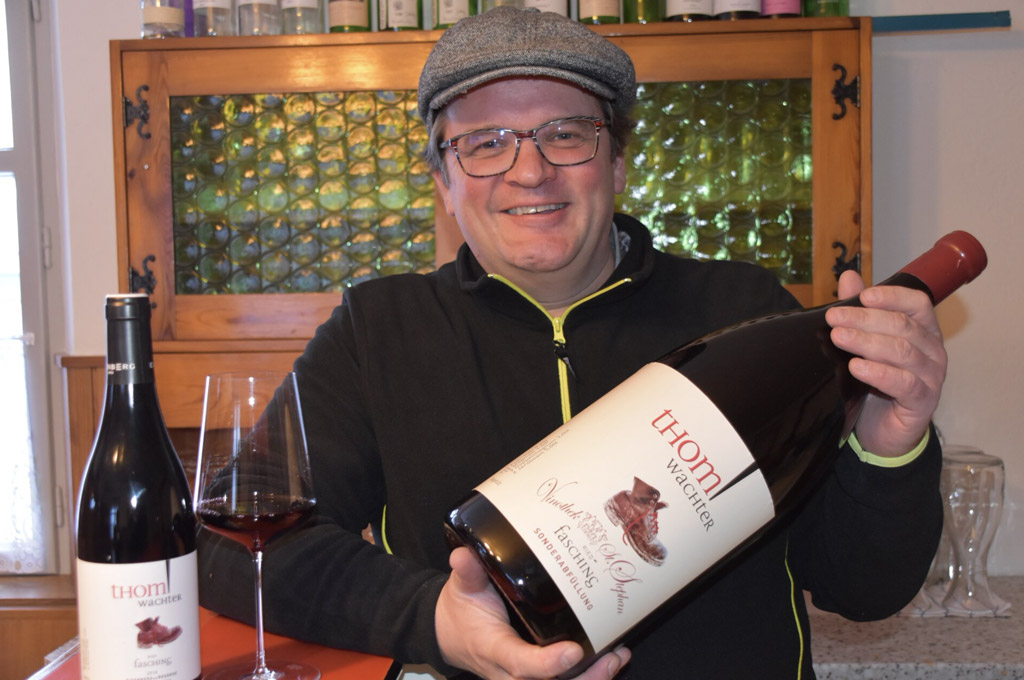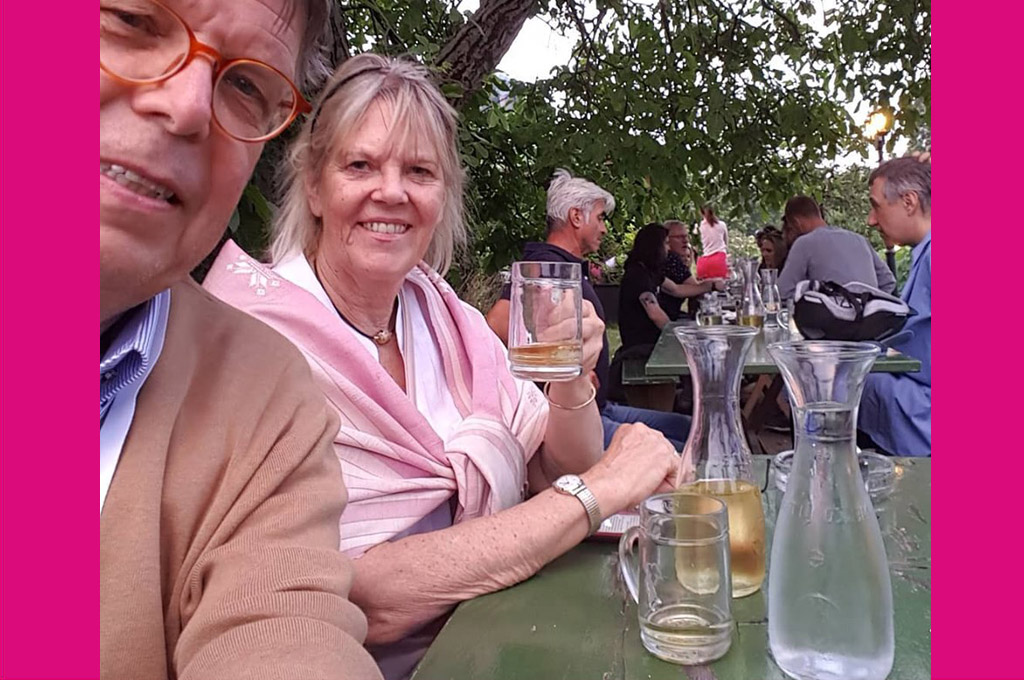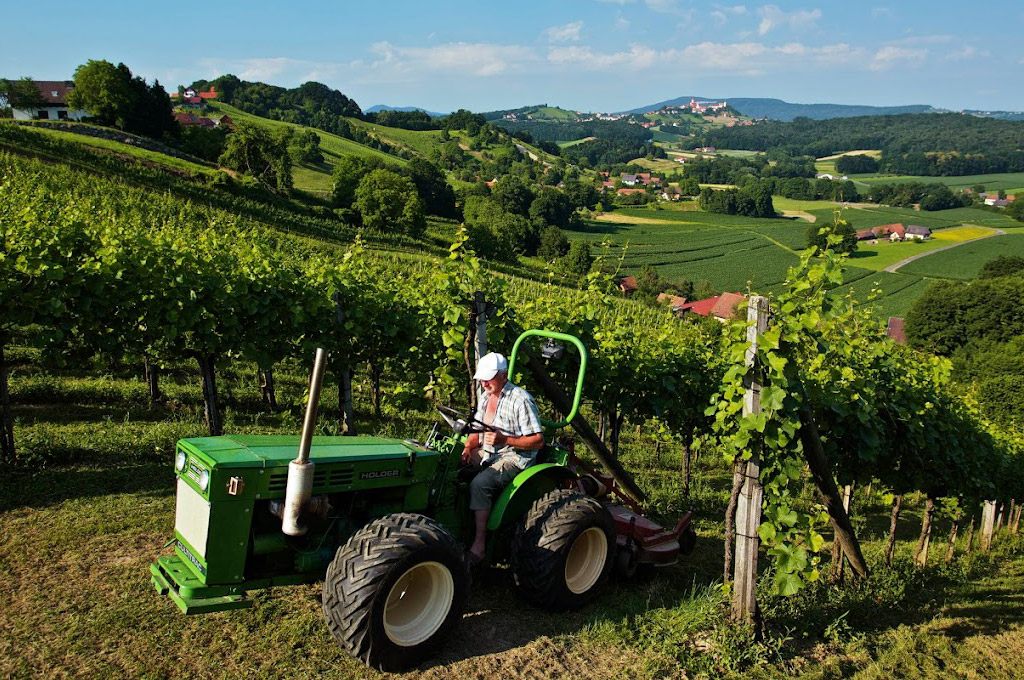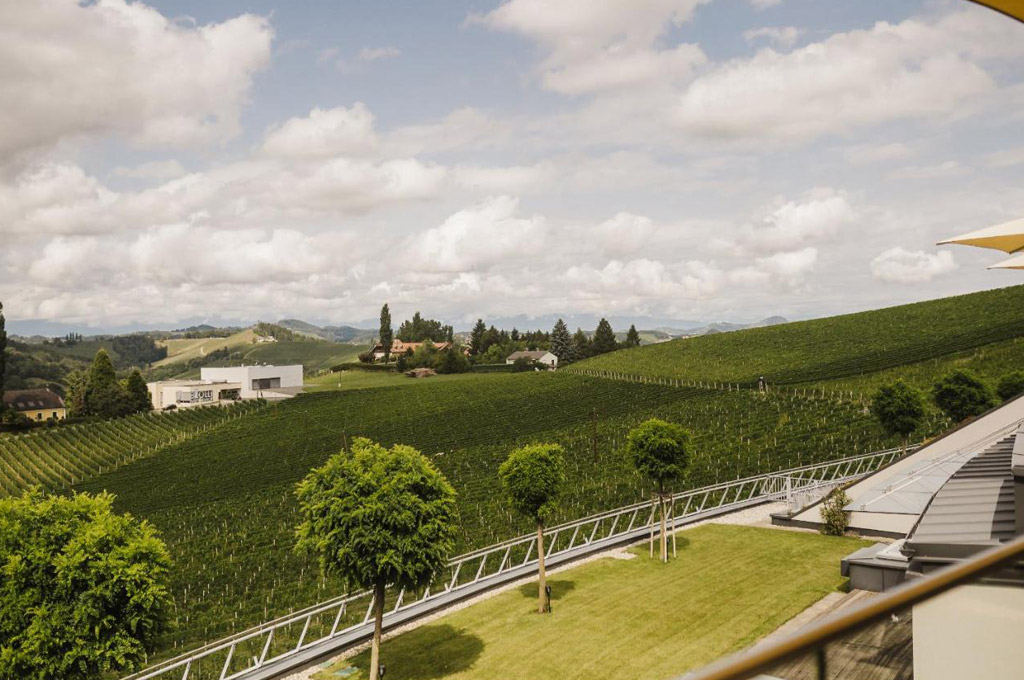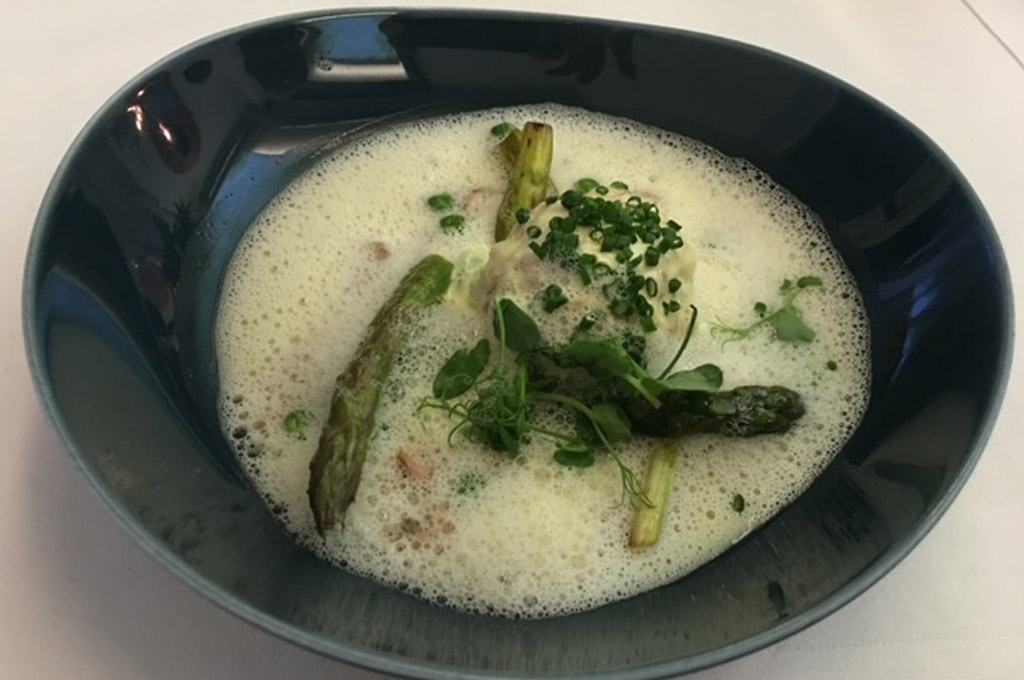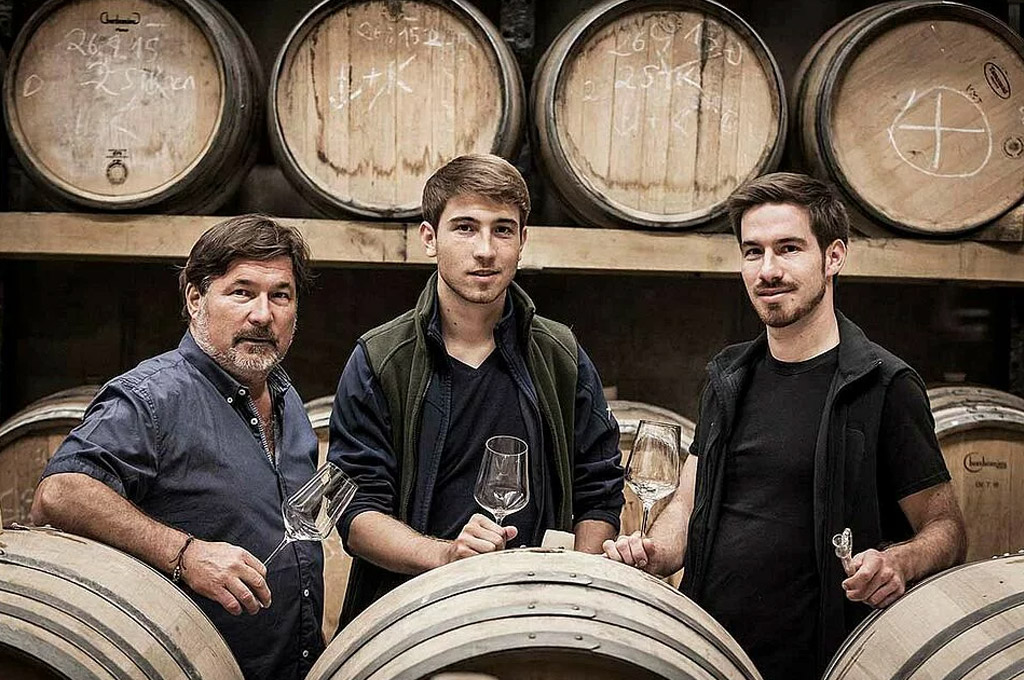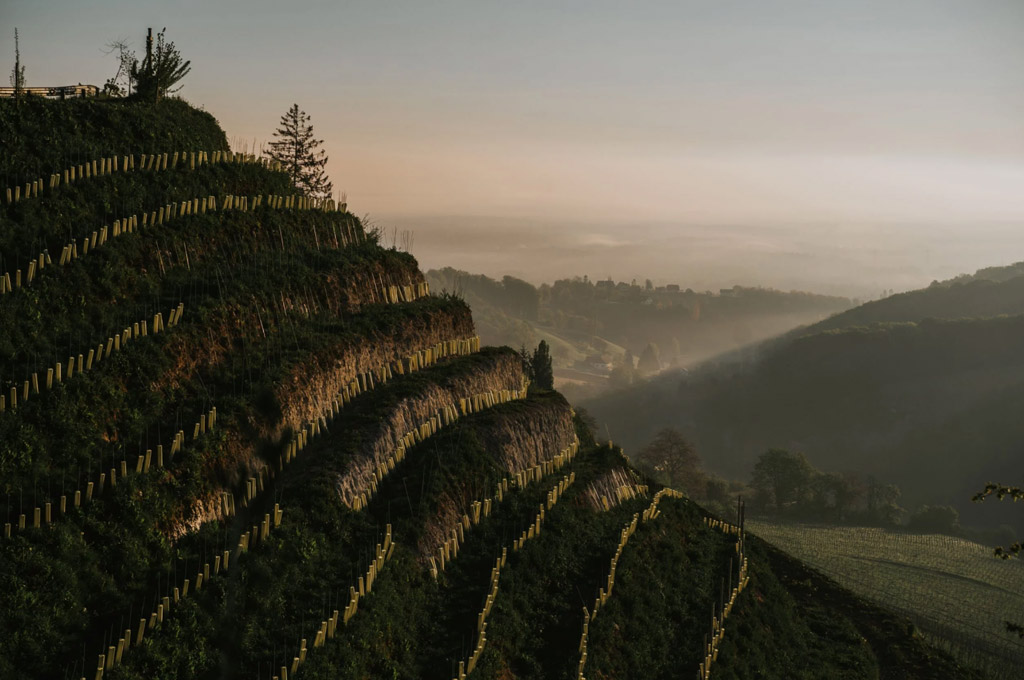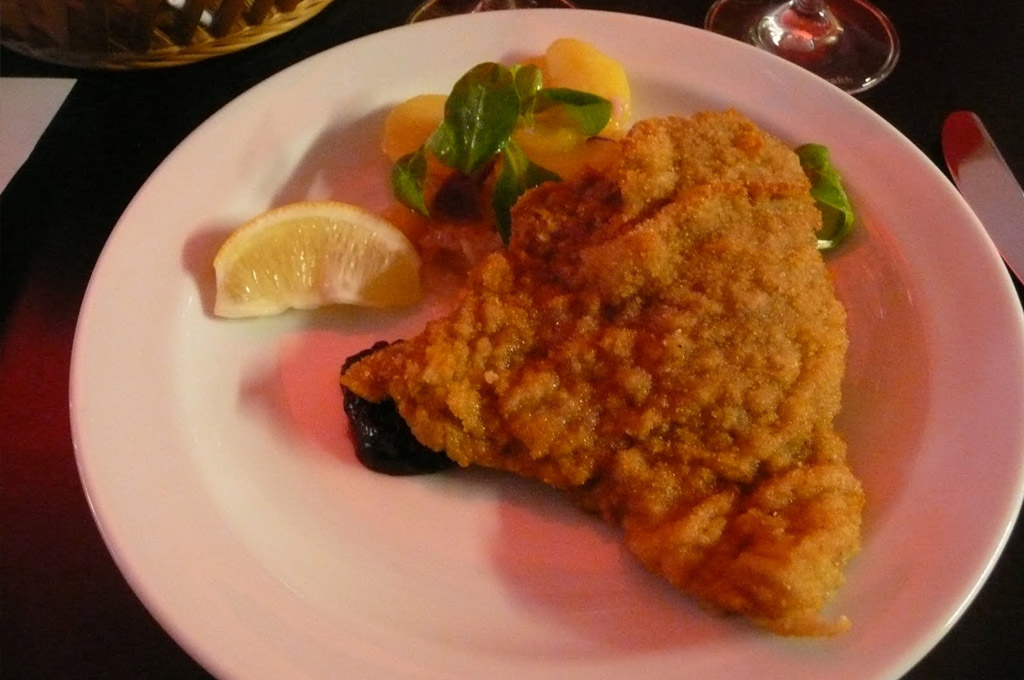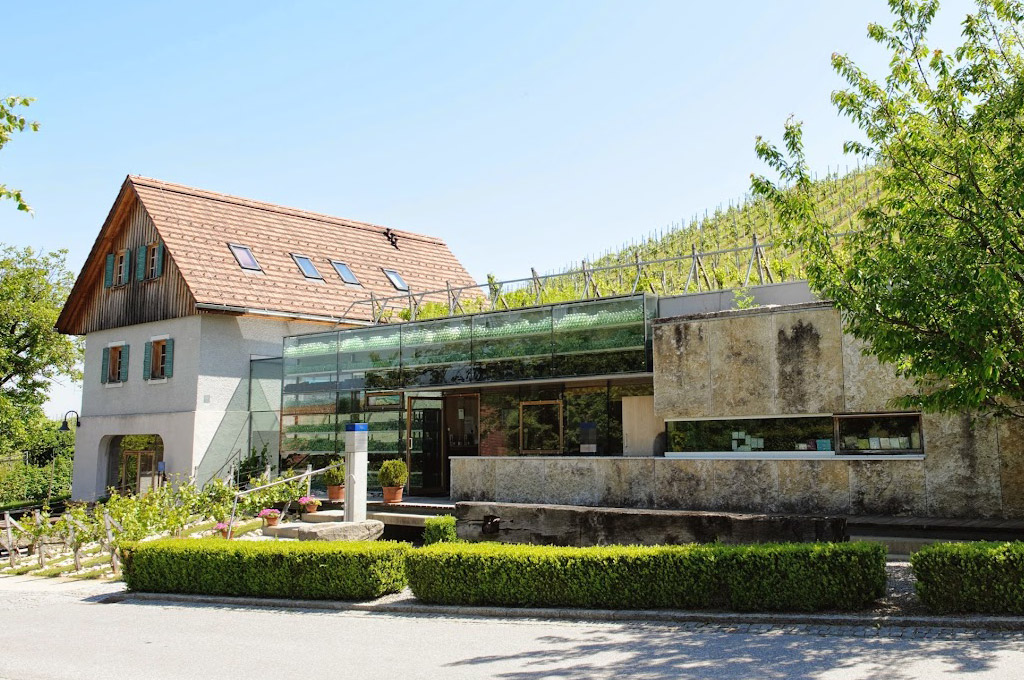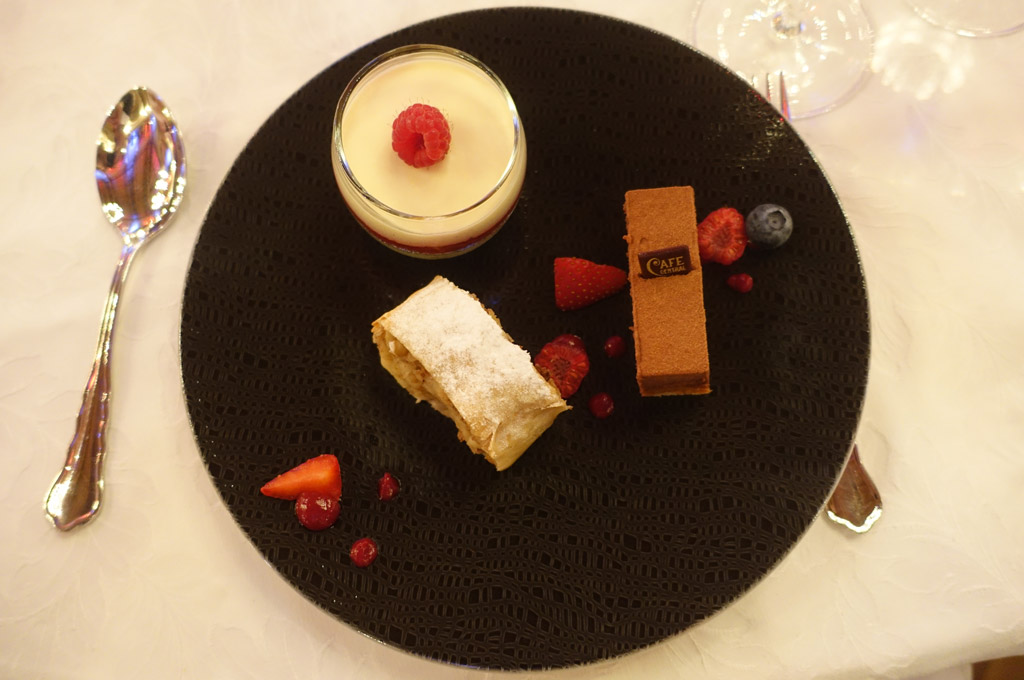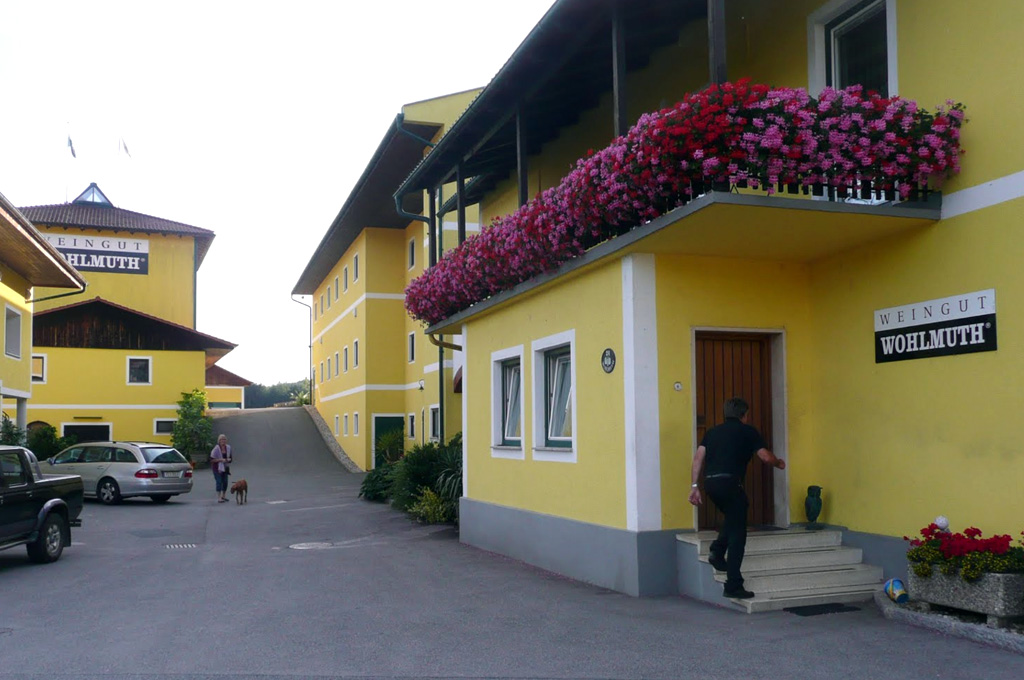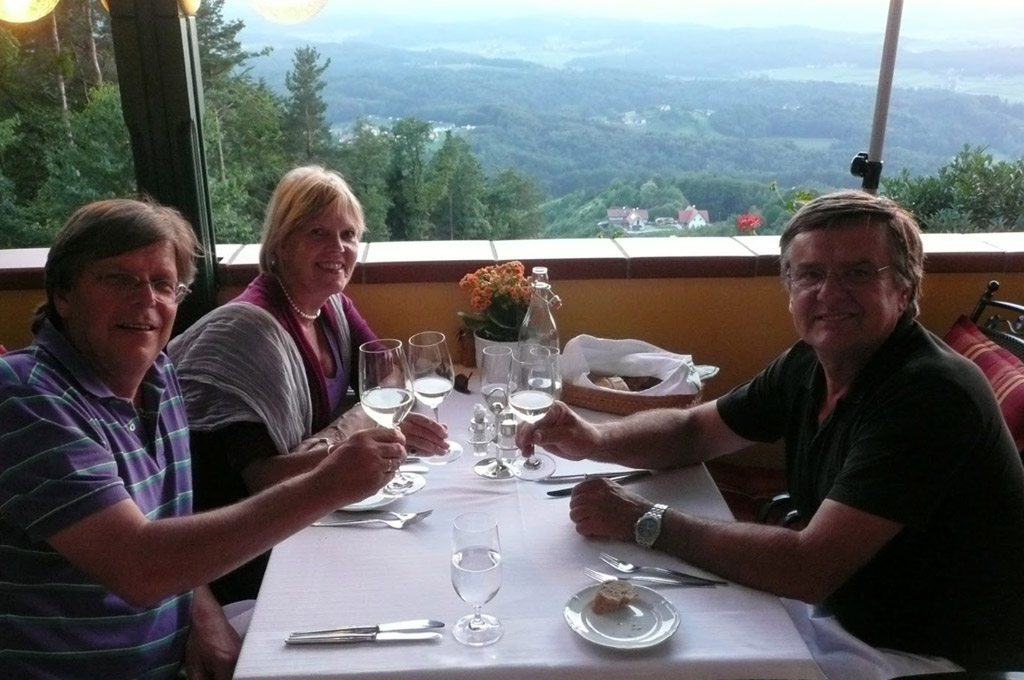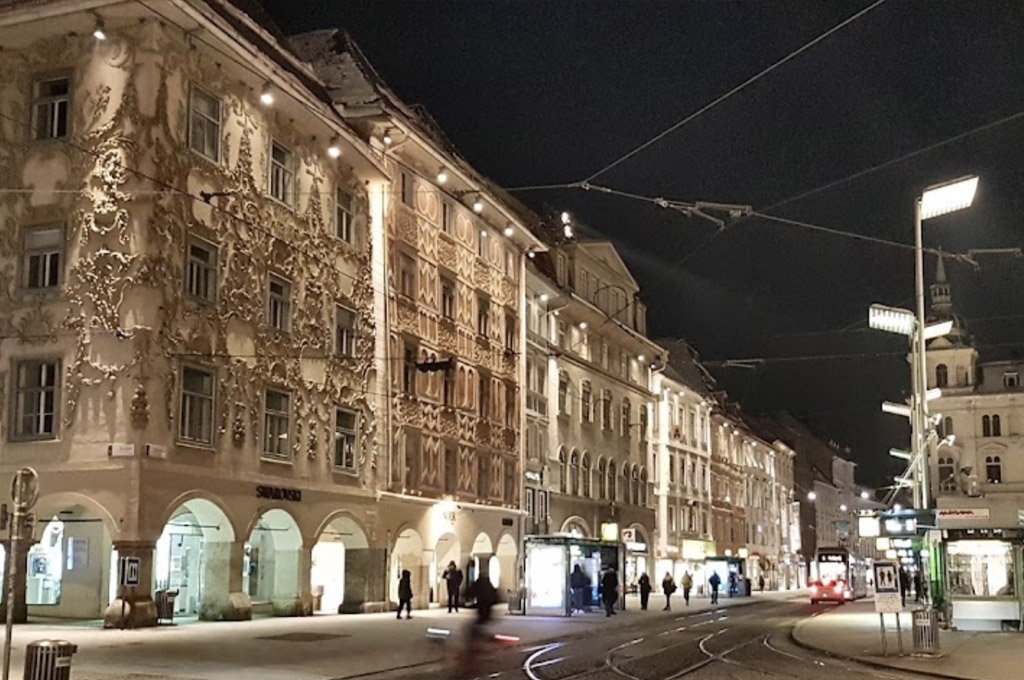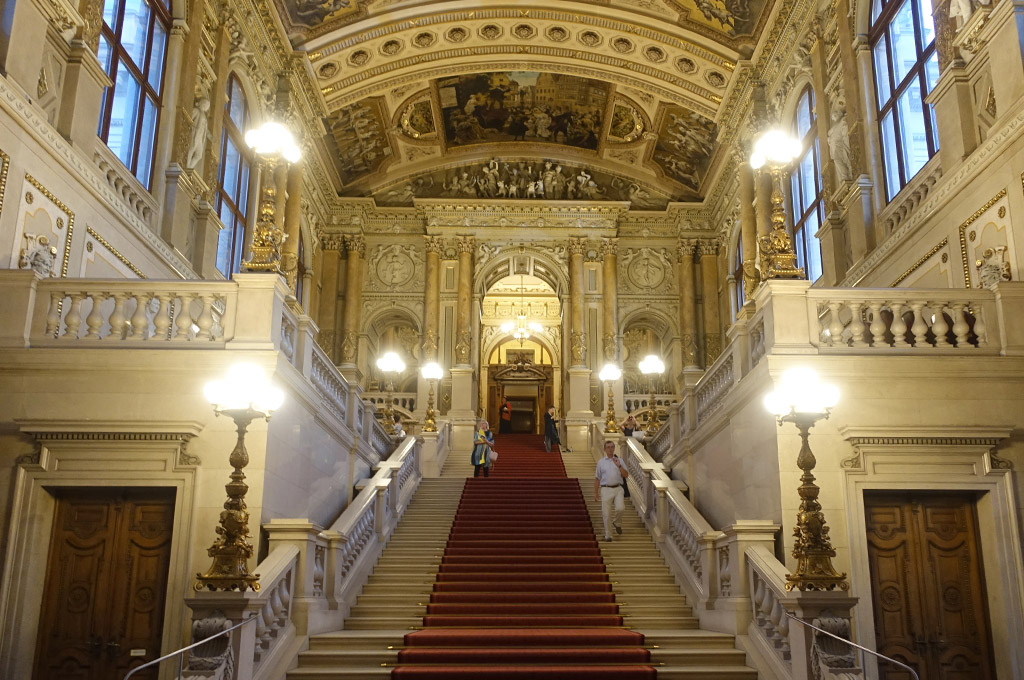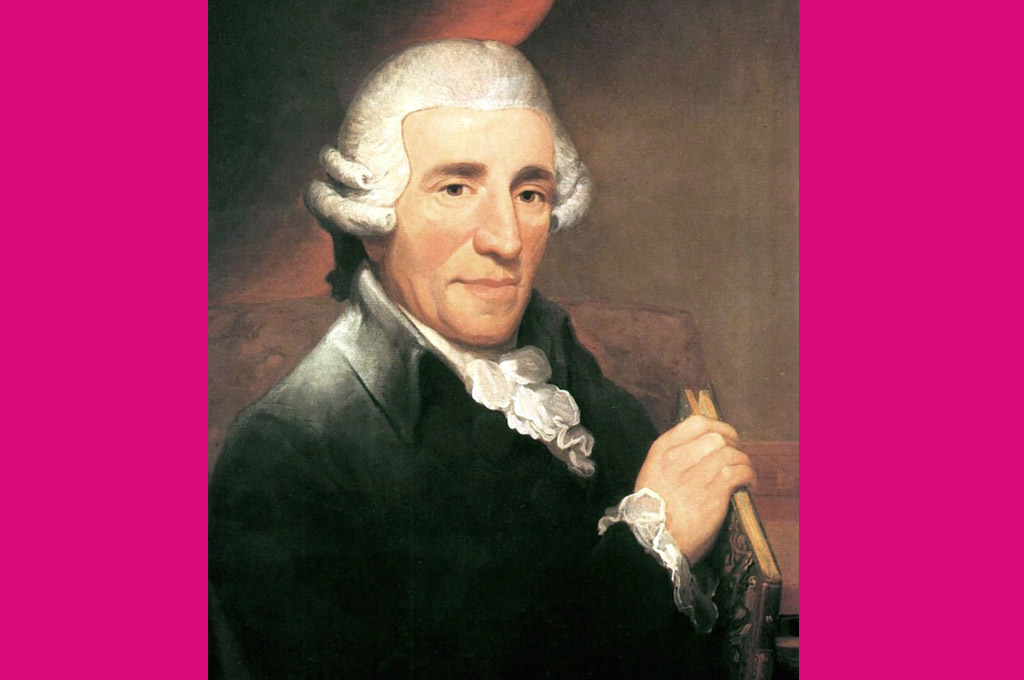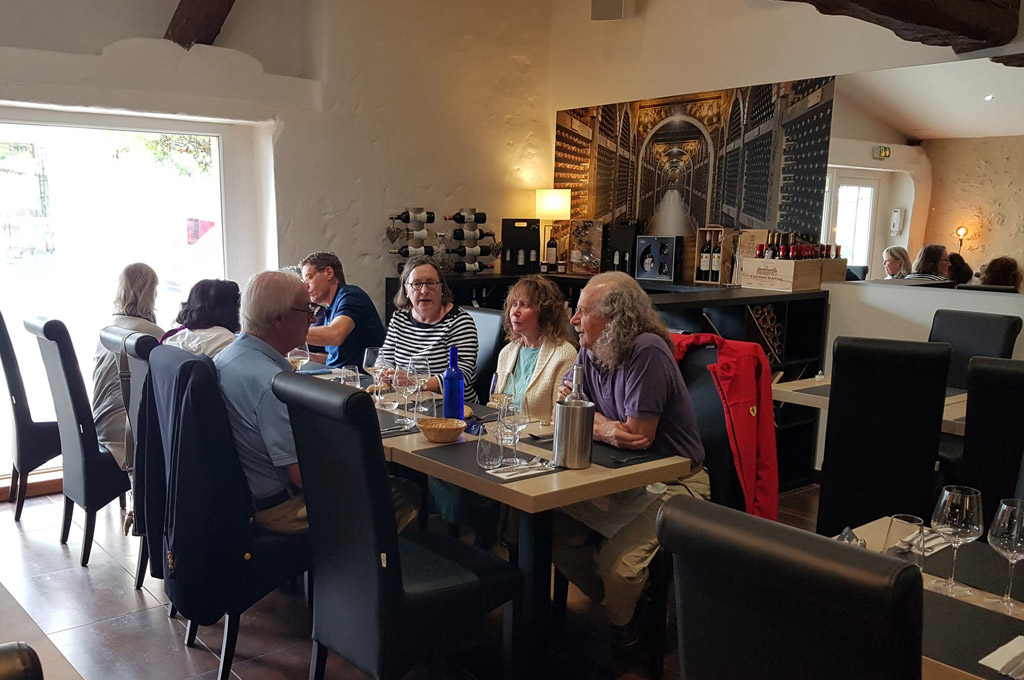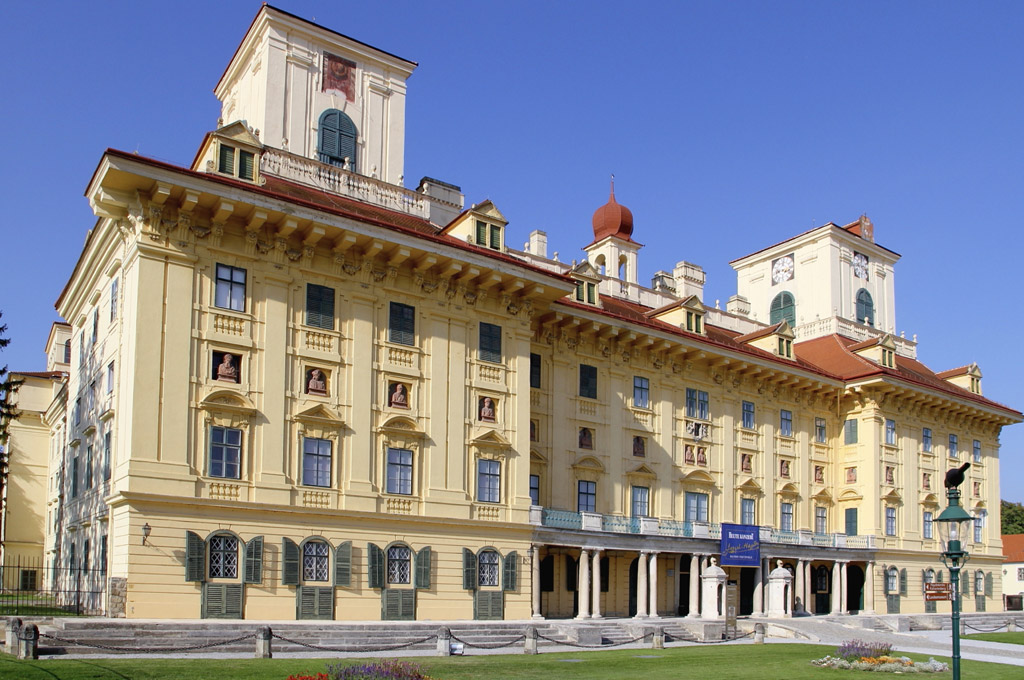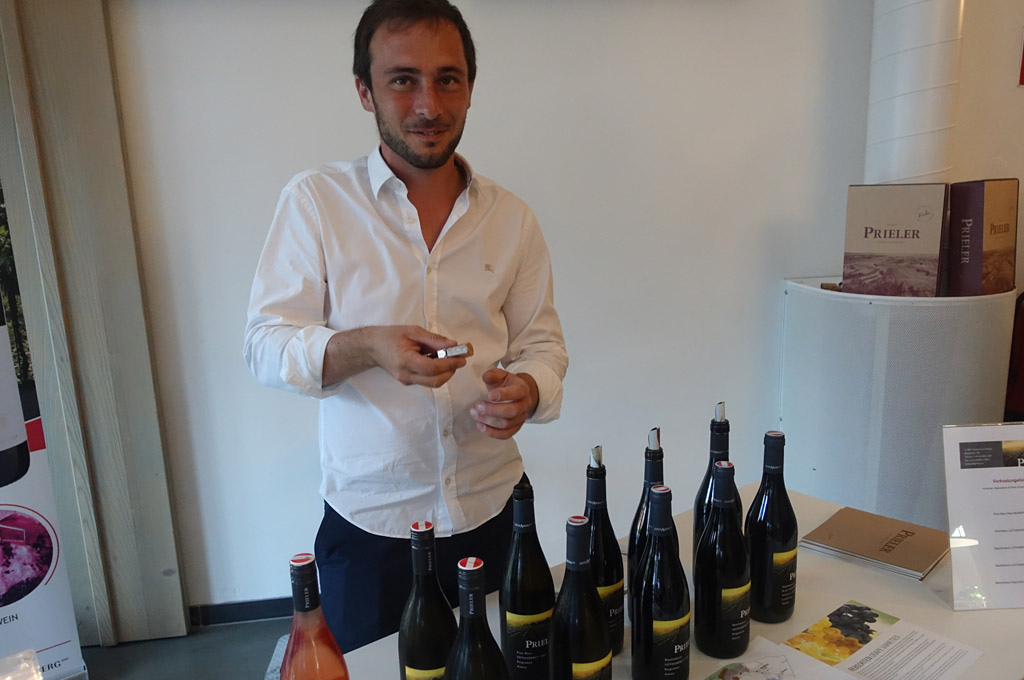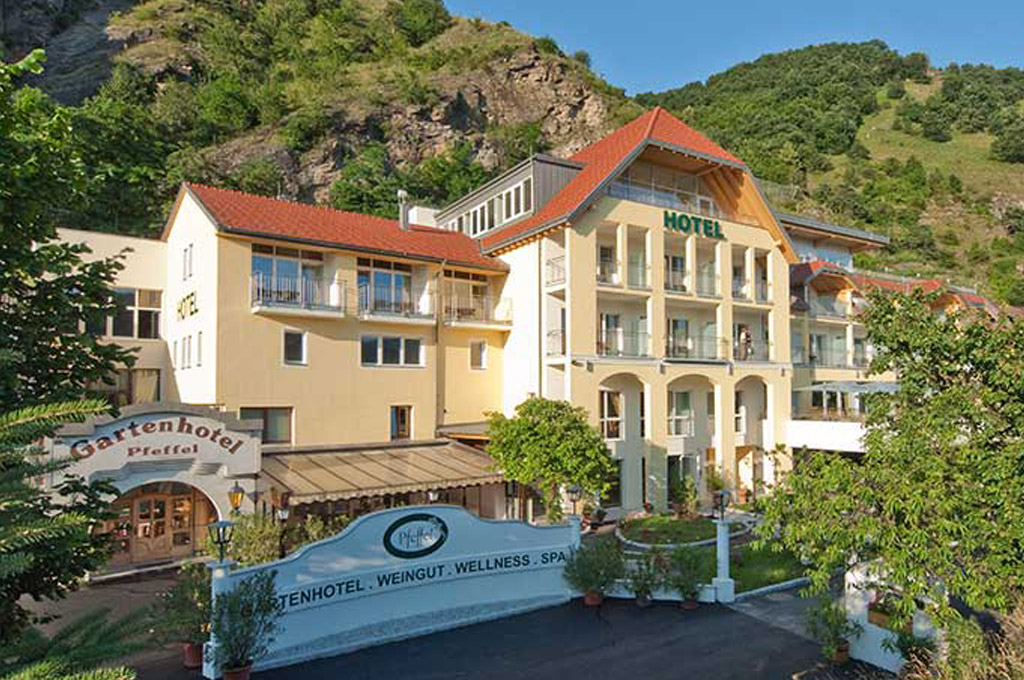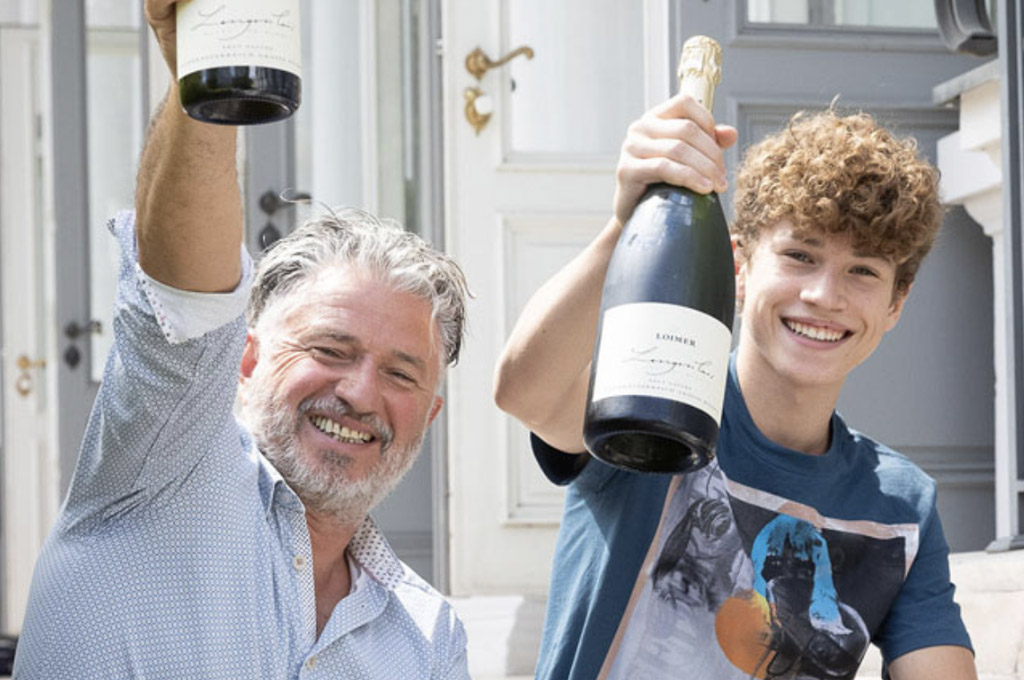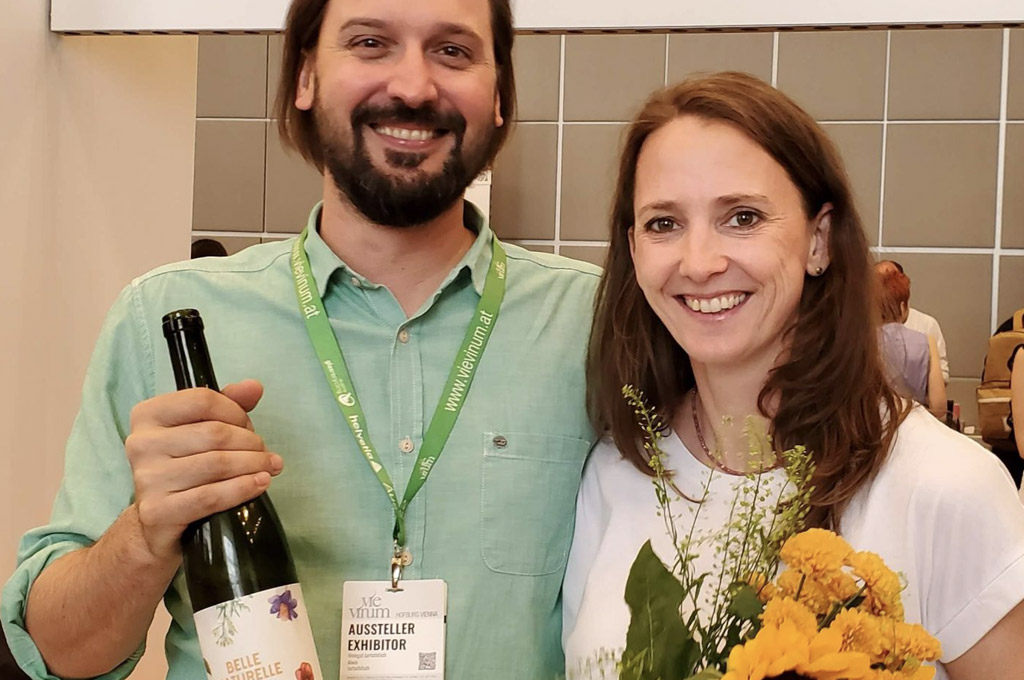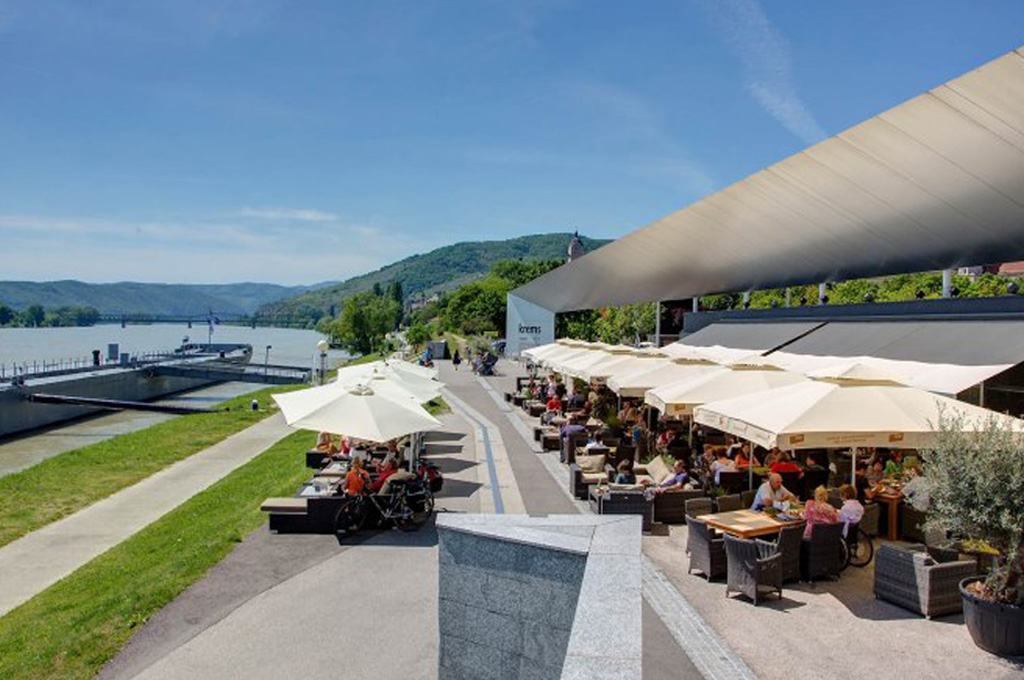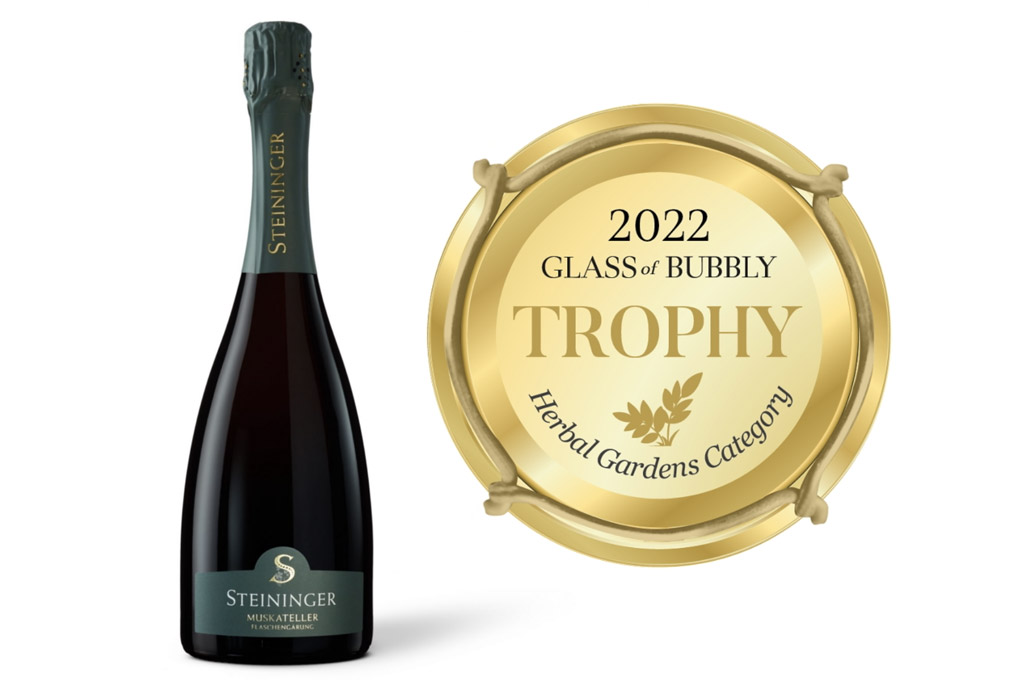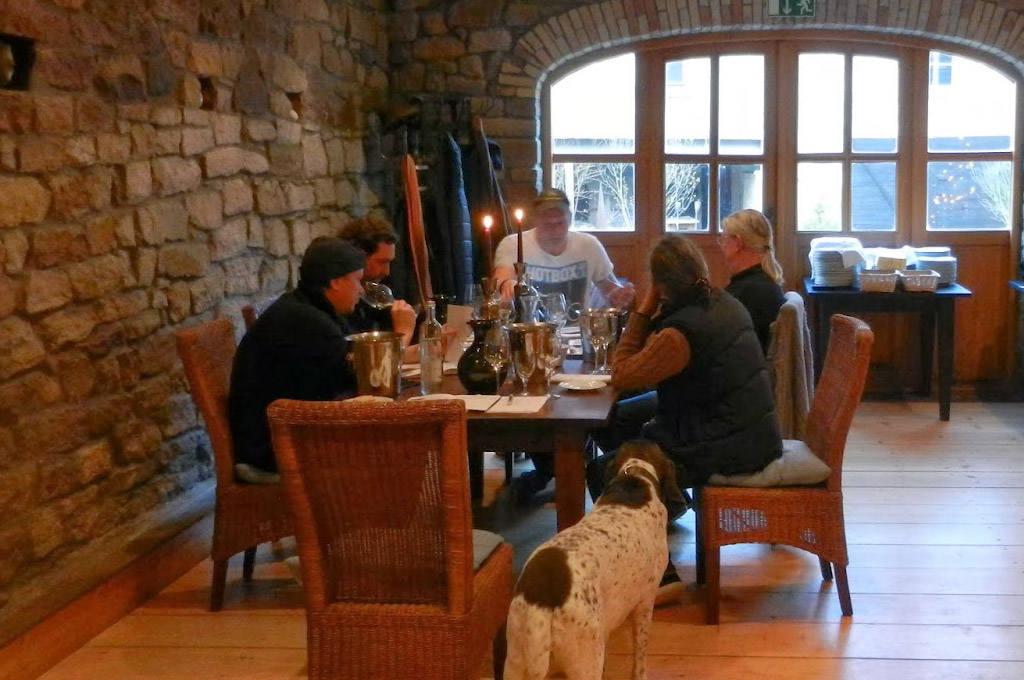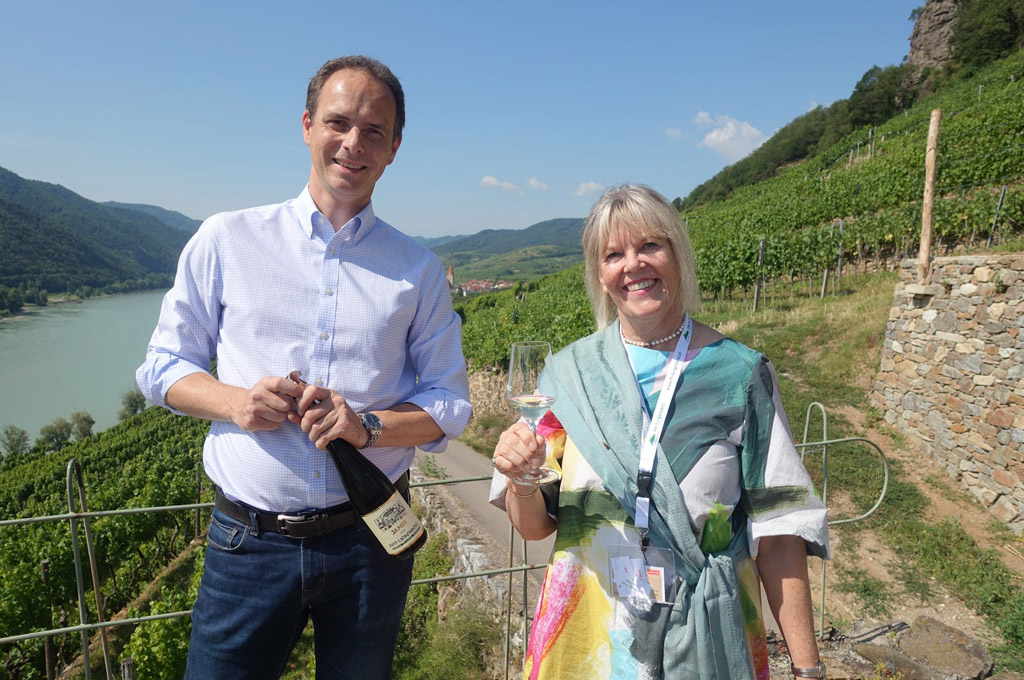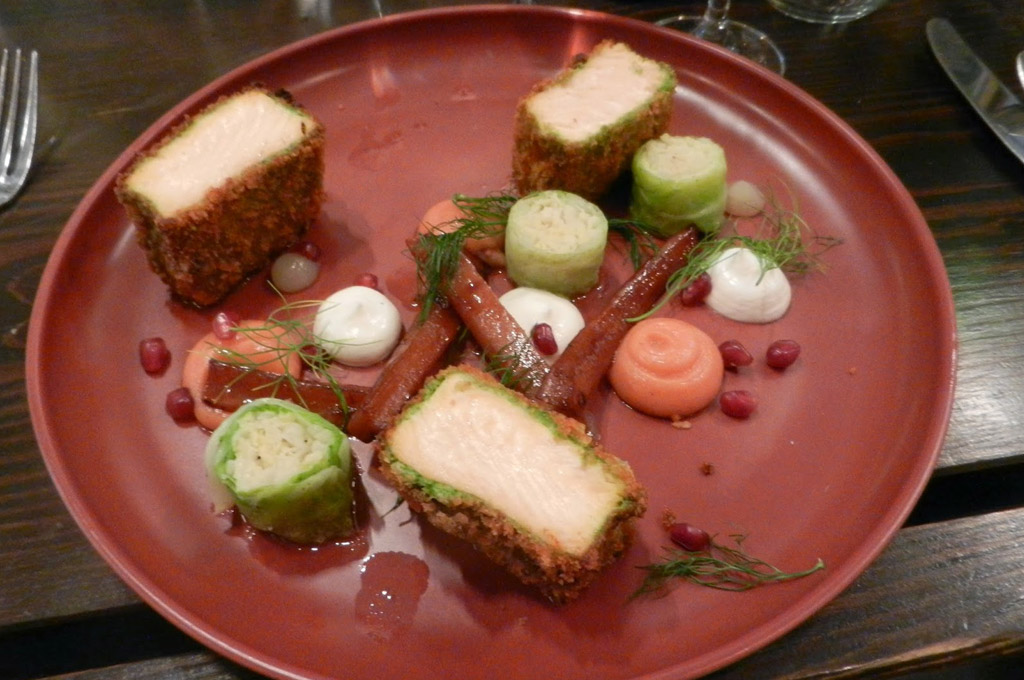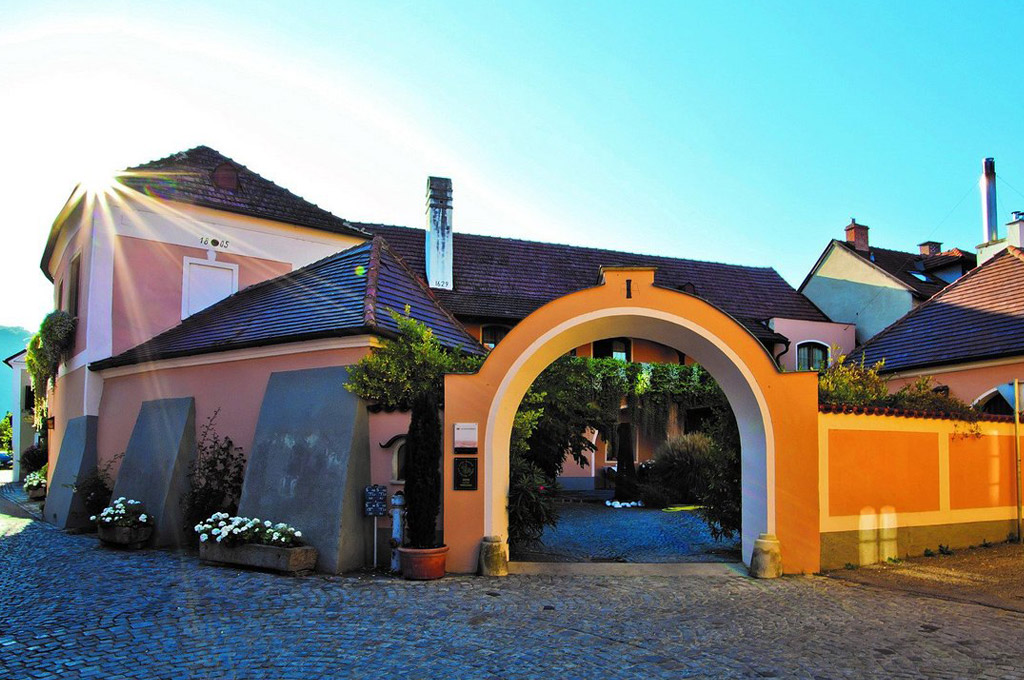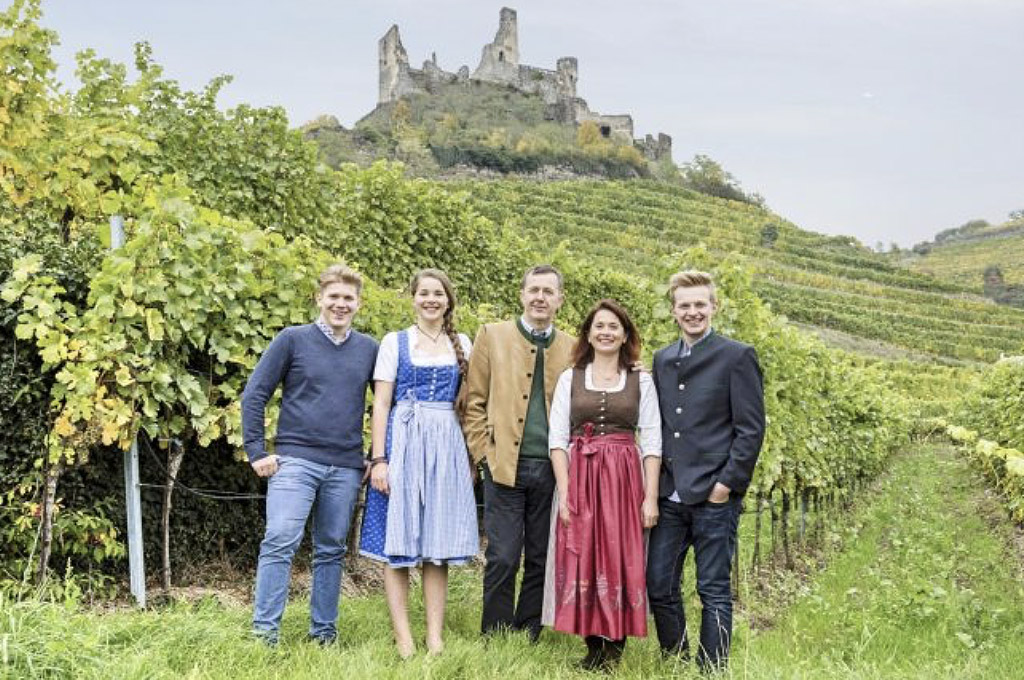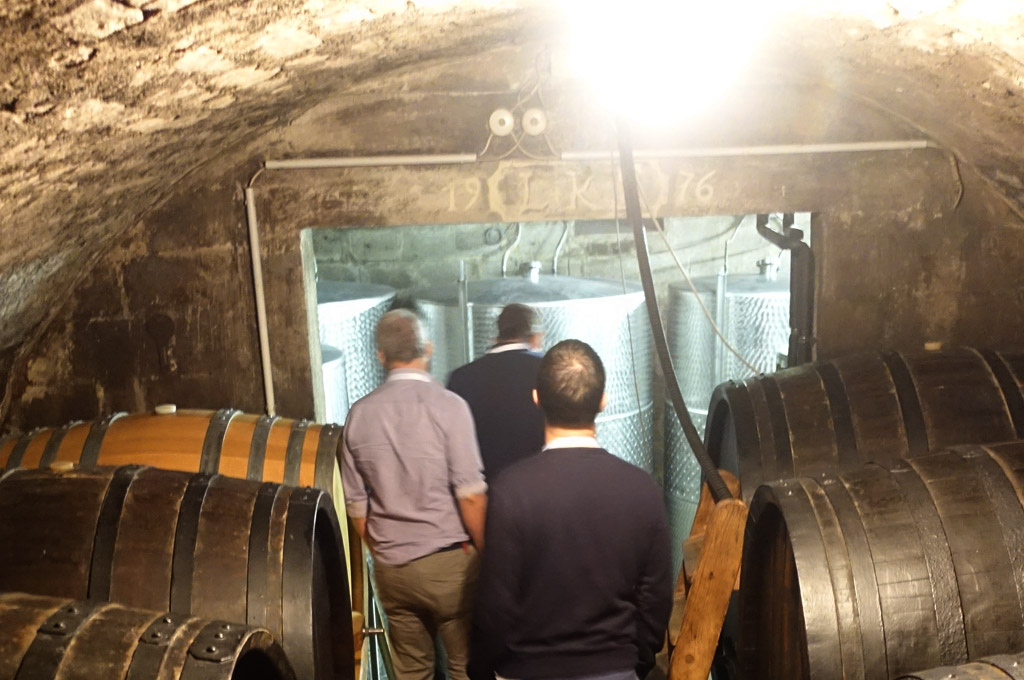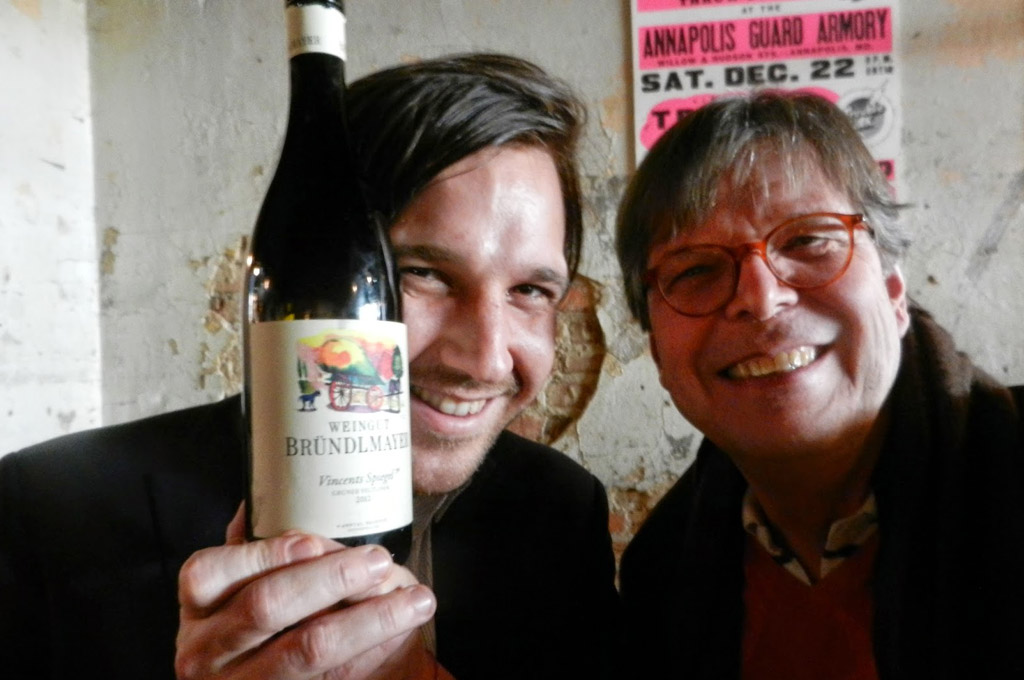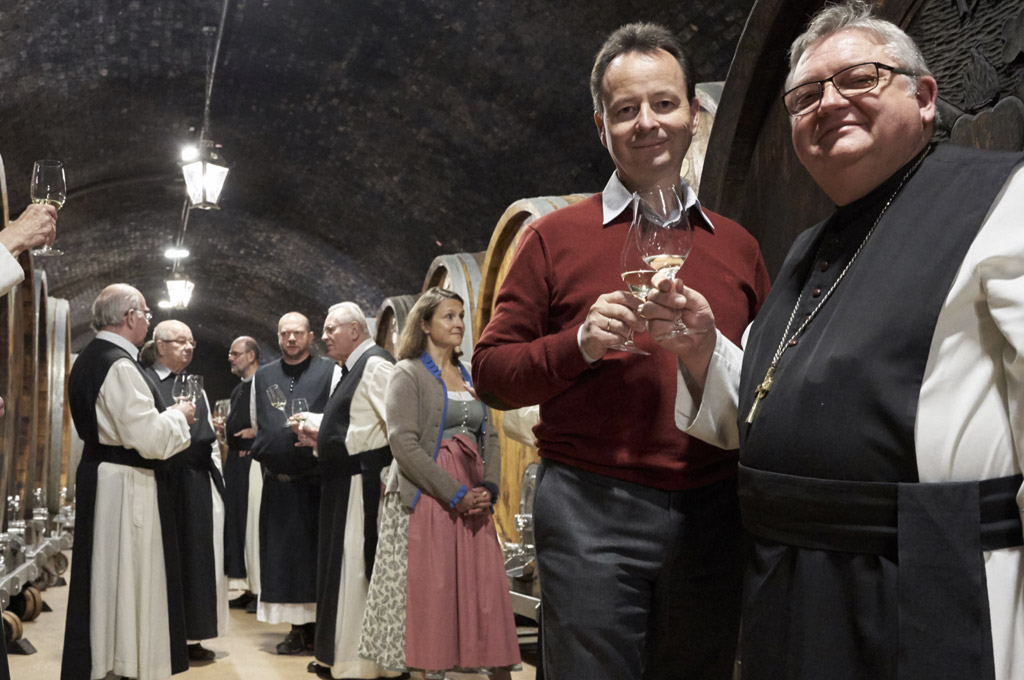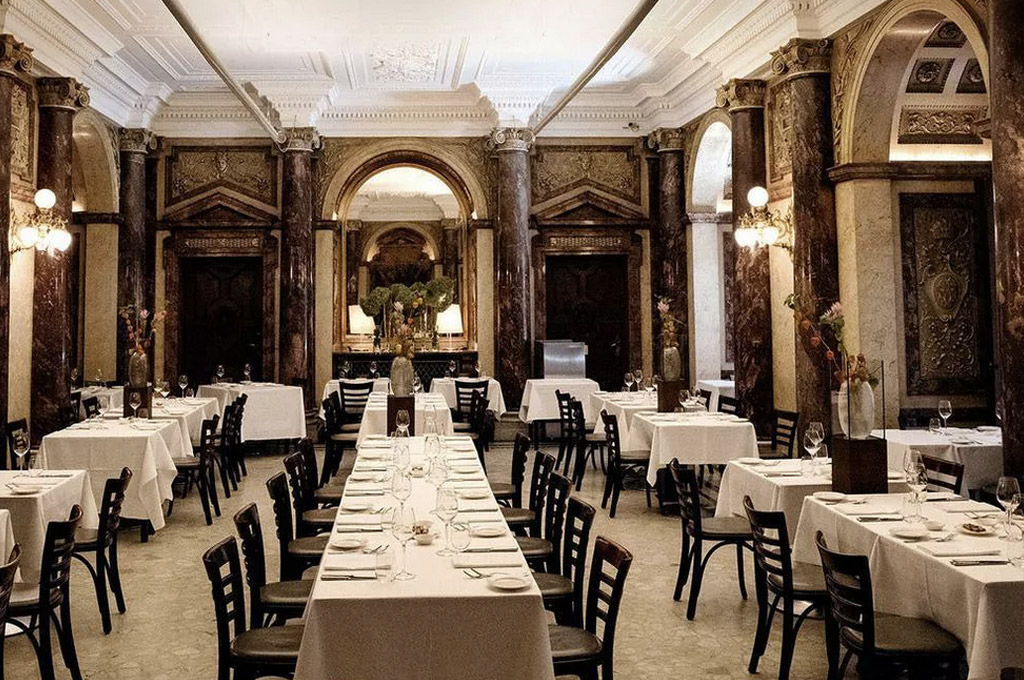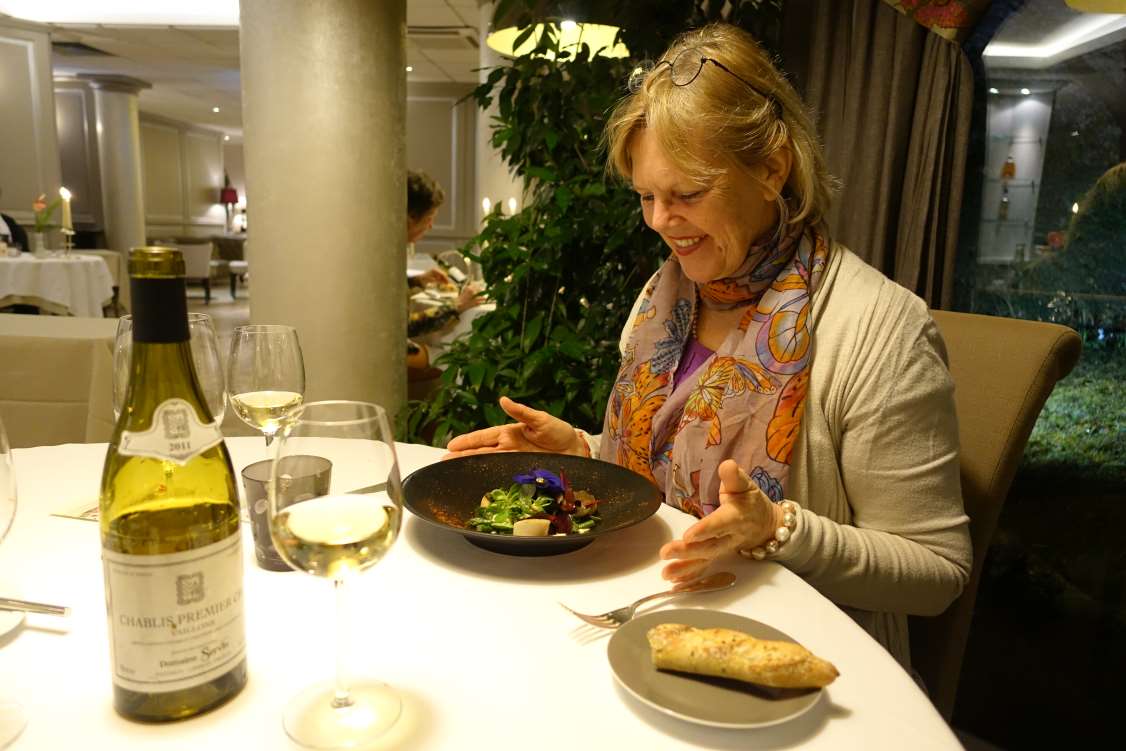Austria
Austria is such a beautiful and charming country, no matter where you go. We start the tour in Imperial Vienna and will discover that Vienna is not only the breathtakingly beautiful capital of Austria, but also a wine region that is famous for its “Heurige” and “Gemischter Satz” (field blend). We then travel south to the Carnuntum region, where wine was made more than 2000 years ago and is famous for its red wine produced from the Zweigelt grape. The Burgenland is the easternmost Austrian wine region and shares a 240 miles long border with Hungary. Burgenland’s history is closely intertwined with that of Hungary and we sometimes cross borders to reach our next destination. More and more red wine is produced in Burgenland where “Zweigelt” and the late-ripening “Blaufränkisch” grapes are kings in some appellations.The southernmost wine region – Steiermark, Styria – is a mountain region. Fantastic Sauvignon-Blanc is king here. In a recent blind tasting in London of Sauvignon-Blanc wines from around the world, an Austrian wine won the first spot. The vineyards in this magnificent, hilly landscape alternate with forests, idyllic orchards, and flower meadows. We will spend one night in Graz, where we will attend a performance at the beautiful Opera House. Graz is Austria’s second largest city and capital of the Steiermark region. The historic Renaissance and Baroque city center of Graz is one of the best preserved in Central Europe and a UNESCO World Heritage Site. On our way to Lower Austria we stop in Eisenstadt, the capital of the Burgenland region west of lake Neusiedl. Here we visit the famous Eszerházy palace and the house where composer Joseph Haydn lived. We finish the tour with another highlight: the Wachau, the Kremstal, and the Kamptal, appellations in the romantic Lower Austria wine region right on the banks of the Danube river where we do an in-depth exploration of Austria’s most widespread variety “Grüner Veltliner”.
|
Wien • Wagram • Carnuntum • Burgenland • Steiermark • Wachau • Kamptal • Kremstal |
The tour starts and ends in Vienna.
12 Days: Sunday, May 28 - Thursday, June 08, 2023
Accommodation: 11 nights:
Night 1: Sunday, May 28:Mercure Hotel Wien Zentrum, a 4 star modern hotel right in the heart of Vienna’s historic city centre. St.Stephans cathedral, the State Opera, the recently re-opened Albertina, Hofburg, Museums Quarter and the exclusive shopping areas are within walking distance. |
Nights 2 + 3: Monday, May 29 + Tuesday, May 30:Hotel Knappenstöckl, Schloss Halbturn in Halbturn a family-run, small, very charming hotel in a fantastic location, in the park of the Baroque castle Halbturn, a favorite week-end retreat of Habsburg’s Empress Maria-Theresia. |
Night 4: Wednesday, May 31:Wohnothek Ratschen in Deutsch-Schützen, a 4 star, unique accommodation comprising 25 individual loft-like wooden bungalows in the middle of the Deutsch-Schützener vineyards with spa, pool, and a highly acclaimed restaurant. Wake up to the sound of nature and the smells of a vineyard. |
Nights 5 + 6: Thursday, June 01 + Friday, June 02:Weinrefugium Brolli in the vicinity of Gamlitz, a 4 star hotel with a pool and spa facilities located in an absolutely beautiful spot. The vineyard rooms, which I reserved, are very upscale with a balcony providing for stunning views over the vineyards and the gorgeous Styria landscape. |
Night 7: Saturday, June 03:Palais Hotel Erzherzog Johann in Graz, this 4 star, elegant hotel in a former 60 room Baroque palace makes you feel being transported back to Habsburg times. The location is perfect: right in the center of charming old town Graz. |
Night 8: Sunday, June 04:Loisium Wine & Spa Resort in Langenlois, Kamptal, a 4 star, very modern hotel designed by US star-architect Steven Holl on the outskirts of Langenlois with views towards the vineyards. |
Nights 9 + 10: Monday, June 05 + Tuesday, June 06:Hotel Richard Löwenherz in Dürnstein, Wachau, a 4 star hotel in a spectacular location right above the Danube river in the historic town of Dürnstein. The hotel was a former Clarisse monastery and the medieval structure and historic furniture add to the romantic ambiance. |
Night 11: Wednesday, June 07:Mercure Hotel Wien Zentrum, a 4 star modern hotel right in the heart of Vienna’s historic city centre. St.Stephans cathedral, the State Opera, the recently re-opened Albertina, Hofburg, Museums Quarter and the exclusive shopping areas are within walking distance. |
DAY 1: Sunday, May 28
|
01.00 PM We meet in the lobby of the Mercure Hotel Wien Zentrum.
|
|
|
AFTERNOONGuided tour of the Monastery and Palace Klosterneuburg.
|
|
|
Visit of Weingut Stift Klosterneuburg.
|
|
|
EVENINGDINNER and wine at restaurant Plachutta in Vienna.
Plachutta is much more than a restaurant. It is a Viennese institution and famous for its traditional dishes Wiener Schnitzel and Tafelspitz prepared to perfection. |
DAY 2: Monday, May 29
MORNINGFiaker tour through historic Vienna..
What can be more romantic than enjoying a city tour in a Fiaker (horse drawn carriage). Lean back, let the trot of the horses make you totally relaxed, and learn about the city of Vienna from our English speaking coachman. |
|
|
Guided english language tour at Schönbrunn Palace on the outskirts of Wien. |
LUNCHLunch (beverages on your own) at restaurant 'Der junge Wirt' in Göttelsbrunn.
This unassuming restaurant prepares excellent Austrian dishes. |
AFTERNOONVisit of Weingut Franz und Christine Netzl in Göttelsbrunn, Carnuntum.
The Netzl Estate is located in the small town of Göttlesbrunn in the Carnuntum. The family winery has been established in 1820 and developed from a mixed farming estate. Today the winery has 75 acres of vineyards, a lot of them in top sites such as Aubühel, Bärnreiser, Haidacker, Holzweg, Kräften and Neuberg. 80% of the vineyards are planted with red grape varieties while the remaining 20% is planted with the white varieties Grüner Veltliner, Pinot Blanc, Chardonnay, and Welschriesling. A bottle-fermented sparkling wine is also produced. Annual production is around 80.000 bottles of wine. Franz and Christine Netzl are regarded as one of those responsible for the red wine boom in this region. The king for red wine production in this area is and remains the Austrian grape variety Zweigelt. The grape was bred at the enological school at Kosterneuburg in the1920s. Zweigelt is just perfect for the climatic conditions of the Carnuntum and its soil compositions. |
EVENINGArrival and check in at Hotel Knappenstöckl in Schloss Halbturn.
Time to relax in the beautiful setting in the Schloss Halbturn Parc. |
|
|
DINNER (beverages on your own) at restaurant Knappenstöckl.
|
DAY 3: Tuesday, May 30
During the next three days we will discover the Burgenland Wine Regions. We will visit wineries in the Neusiedlersee, Leithaberg, Mittelburgenland, and Eisenberg sub wine regions. We start in the northern sector of Burgenland which is dominated by lake Neusiedle, Europe's largest steppe lake. The proximity of this region to Hungary's warm Pannonian plains produces unique wines from the indigenous Blaufränkisch and Zweigelt grapes as well as beautiful, substantial white wines. |
|
|
MORNINGVisit at Weingut Anita und Hans Nittnaus in Gols, Neusiedlersee, Burgenland.
Wine making in the Nittnaus family in the town of Gols at the northern tip of Lake Neusiedl goes back to 1684. Today it is Anita and Hans Nittnaus and their two sons who are managing the winery. The family’s philosophy is complete devotion to making wines reflecting the origin and terroir of the area. They work according to strict biodynamic principles, and since 2013 they are certified biodynamic by the small, rigorous “respect-BIODYN” organization. They have around 100 acres of vineyards in two distinctively different areas: around Gols with gravel, clay, sandy loam soils and in the Leithaberg with shell-limestone, quarzit, and slate soils. The wines from these two areas are vinified completely separately so that the terroir character is prominently displayed. The Nittnaus are influencial pioneers of the contemporary dynamic wine scene in Burgenland. However their pole position among Austrian red wine producers is due to an unusual blend, the Comondor. I quote Anita and Hans Nittnaus: “In 1985 we took over the winery. We drank Bordeaux, Burgundy, Barolo etc, and planted Cabernet Sauvignon and Merlot. Internationality was the of the talk of the day. Only in the Ungerberg, our best vineyard, did we experiment and planted Blaufränkisch. The 1990 harvest then produced two outstanding wines. On the one hand the Cabernet Sauvignon from Edelgrund and on the other hand the Blaufränkisch from Ungerberg. For us it was clear that the two represented a dream couple that should be married. This is how the Comondor was born, which bears the Pannonian name of a historic Hungarian shepherd dog breed and has been something of the flagship of our winery ever since.” |
|
|
Visit at Weingut Leo Hillinger in Lois, Leithaberg, Burgenland.
Leo Hillinger can only be described as a jack-of-all-trades – an extremely likeable person with a very capable, innovative mind. Leo’s parents operated a small winemaking facility with less than 1 acres of vineyards, a Heurige, and a wine shop in Jois. Leo grew up among vines and wine. He then travelled the world, worked at wineries in Europe, California, South Africa, did a vocational training at a winery in Rheinland-Pfalz, Germany, where he finished with a state-certified economist and master winemaker degree in Germany. After coming back to Jois, he took over his parent’s business in 1990 and developed all sorts of business ideas until finally, in 2004, winery Leo Hillinger opened its doors. Today Leo Hillinger is a winemaker, entrepreneur, TV star, high performance athlete and owner of 250 acres of top vineyards and a modern winery with a state-of-the-art cellar facility. Hillinger wines are regularly rated at top levels in Wine Enthusiast, the Austrian life-style magazine Falstaff, and at other wine competitions. At the Leo Hillinger winery, quality is inextricably linked to organic farming and the organic development of the wines. |
|
|
LUNCHWine pairing LUNCH at Weingut Leo Hillinger.
|
AFTERNOONVisit at Weingut Umathum in Frauenkirchen, Neusiedlersee, Burgenland.
In the 18th century, ancestors of the Umathum family settled at the Neusiedlersee and created a mixed farming estate where they also produced wine. It was only in 1985 that Josef Umathum focused entirely on winemaking and Weingut Umathum has since then become one of Austria’s top notch wine producing estate with 150 acres of vineyards, farmed biodynamically. The majority of vineyards are located in the northern Seewinkel community of Frauenkirchen on the eastern, completely flat side of the Neusiedlersee; some vineyards are also across the lake in Jois, in the Leithaberg region. Josef Umathum favors the traditional Austrian grape varieties: Zweigelt, St. Laurent, and Blaufränkisch account for 85% of his plantations. The rest of his vineyards is planted with the traditional Welschriesling, Roter Traminer, and Gelber Traminer. |
EVENINGDINNER (beverages on your own) at restaurant Knappenstöckl. |
DAY 4: Wednesday, May 31
MORNINGVisit at Weingut Steindorfer in Apetlon, Neusiedlersee, Burgenland.
The Steindorfer family’s viticulture tradition in Apetlon can be traced back to 1896. Today they farm 25 acres in the southern Seewinkel area of Burgenland. This area is also well-known as a nature reserve and bird paradise. The wine country in this area is completely flat, and the vineyards reach from the lake to the Hungarian border. The vineyards close to the lake can produce beautiful, sweet wines when the fog settles over the vines triggering botrytis. The vineyards more inland, around the village of Apelton, are perfect for producing dry, intense red wines from Zweigelt, St. Laurent, and Blaufränkisch grapes, and fresh, dry white wines from Welschriesling, Pinot Gris, and Chardonnay. Flagship is the St. Laurent Reserve, a well-balanced, elegant wine with a strong concentration of dark berry flavors, spices, tannins, and vibrant acidity. This wine is fermented in stainless steel tanks and then aged for 14 months in new barriques. |
|
|
Visit at Weingut Meinklang in Pamhagen, Neusiedlersee, Burgenland.
“Our estate represents what used to be common practice everywhere in the Pannonian countryside: a mixed farming operation, managed by an extended family” said Werner Michlitz. The farm’s three main components are livestock, agriculture, and wine. Angela and Werner Michlitz are responsible for the winery part. The farm is set in the middle of the World Heritage Site of the National Park Neusiedlersee, spilling over into the Hungarian lowlands, where life’s diversity and complexity is celebrated. The farm is operated biodynamically and functions much like an organism, relying not only on the people but also on the local herd of 600 Angus cattle and Magalitzer pigs which contribute in an essential way with their natural and invaluable fertilizer. The vineyards cover about 130 acres of which 70% are planted with red varieties, 30% with white varieties. Since 2005 the entire estate is certified biodynamic by Demeter. Work in the vineyard and cellar is done according to the phases of the moon, fermentation takes place exclusively spontaneously with natural, wild yeasts from the vineyards and there is no pruning in the vineyard according to the age-old principle of letting the vines grow freely. |
LUNCHWine pairing LUNCH at Weingut Meinklang.
|
AFTERNOONVisit at Weingut Franz Weninger in Horitschon, Mittelburgenland, Burgenland.
The viticulture tradition of the Weninger family goes back to 1828. Franz Ludwig Weninger founded the current wine estate in Horitschon at the southern tip of lake Neusiedle in the Mittelburgenland part of the Burgenland wine region in 1983. The Weninger family was also allowed to purchase vineyards in Sopron, just across the border in Hungary. Sopron is said to be the birthplace of the Blaufränkisch grape – called Kékfrancos in Hungarian language. Today the wine estate is run by Franz Ludwig's son, Franz Reinhard. He took over in 2011 after he graduated from the enological school Klosterneuburg and did some internships abroad. There are 70 acres of vineyards in Austria and Hungary planted mainly with Blaufrankisch alongside Merlot, Zweigelt, Cabernet Sauvignon, and Pinot Noir, and the vines are up to 80 years old. The soil is rich in clay and iron, ideally suited to the production of great red wines. There are many expressions of Blaufränkisch in the Franz Weninger portfolio, as there are many different vineyards with very different terroir profiles. Weingut Franz Weninger is certified biodynamic by ‘respect BIODYN’ and Demeter. |
|
|
Visit of the Liszthaus in Raiding.
Composer Franz Liszt was born in this house on October 22 in 1811. Adam Liszt, father of Franz Liszt, took care of the sheep at the Esterházy estate and with the job came the right to live in this house which was part of the estate. Adam Liszt was also an accomplished musician and played the cello in Prince Esterházy’s orchestra. At that time this part of Austria belonged to the Kingdom of Hungary. Thus Franz Liszt was Hungarian. The Hungarian noble family Esterházy was the greatest landowner in the Kingdom of Hungary, when it was part of the Habsburg Monarchy and later Austria-Hungary. |
EVENINGArrival and check-in at Wohnothek Ratschen in Deutsch-Schützen.
Relax in this unique, beautiful, peaceful location in the middle of the vineyards with great views towards the wineries on the other side of the valley. |
|
|
DINNER (beverages on your own) at restaurant Kurz. |
DAY 5: Thursday, June 01
Today we explore the southernmost part of Burgenland -Eisenberg- which is home to the region's purest and most natural viticultural landscape. The regionally authentic red wines, especially those made from Blaufränkisch with the protected designation of 'origin Eisenberg DAC', are characterized by a particular mineral spiciness. There are also great white wines and the local speciality Uhudler. |
|
|
MORNINGVisit of Weingut Jalits in Badersdorf, Eisenberg, Burgenland
Since 2001 it is Mathias Jalits, fifth generation of the Jalits family, who is running the estate. He farms 40 acres of vineyards planted with Blaufränkisch, Zweigelt, Cabernet-Sauvignon, Merlot, Blauburger, Blauer Portugieser, and Pinot Noir and the white varieties of Welschriesling, Grüner Veltliner, and Pinot Blanc. Mathias aim is to produce wines that are typical of the region and this is his philosophy: "The down-to-earth nature of the region should be reflected in my wines. That's who I am, that's how Southern Burgenland is, that's how our wines should be." |
|
|
Visit of Weingut Thom Wachter in Eisenberg an der Pinka, Eisenberg, Burgenland
The Weinzeitung Schweiz (wine magazine Switzerland) wrote in 2020: „The story of Wachter's exceptional wine only began 5 years ago. Thom was able to lease a winery on the Eisenberg and finally he could develop Blaufränkisch the way he had always dreamed of. Terroir accentuated, reflecting the slate soil, racy, but more than that. Razor-sharp, fine, extremely precise Blaufränkisch wines are produced from the vineyard sites ‘Fasching’, ‘Szapary’, ‘Saybritz ‘or the ‘Alten Garten’ with its vines that are over 80 years old. Spontaneous fermentation and an excellent use of wood contribute to the overall picture.” We met Thom at a wine conference in Austria in late summer of 2019 and we were immediately smitten with the wines he presented. Thom is the youngest son of the well-known and highly regarded Wachter-Wiesler family who are producing wine in the Eisenberg for more than 100 years. |
LUNCHLunch at Heurigenrestaurant Eder in Eisenberg an der Pinka.
On the way to the Heurigen we stop at the Lookout Weinblick to indulge in the stunning views over the vineyards and the Hungarian plains. For lunch we have local wines and of course we have to try the Uhudler. |
|
|
|
After lunch we leave the Burgenland wine region and travel to the southernmost Austrian wine region, the Steiermark -Styria which borders Slovenia. We enter white wine country where we will taste beautiful Sauvignon-Blanc. |
|
|
AFTERNOONVisit at Weingut Neumeister in Straden, Vulkanland Steiermark.
The Neumeister winery in Straden is a family affair. Brothers Christoph and Matthias Neumeister are the third generation running the winery and they do this very successfully pursuing their own philosophy. We are here in the Vulkanland part of the Steiermark that differs climatically from neighboring Südsteiermark-southern Styra and is characterized by a mixed Illyrian-Pannonian climate. This brings warm days and cool nights as well as sufficient rainfall and a higher average temperature which in turn allows a long growing season and late harvest. The soils are characterized by calcareous sediments which were deposited here in the Tertiary from the Alps. Winery Neumeister cultivates 75 acres of vineyards which are spread out over countless small parcels on very steep slopes. Some of these vineyards have reached an age of 40 years and more, and some are still single pole training, which means time-consuming manual work. Since 2013 all vineyards have been cultivated organically. They are planted with Sauvignon Blanc, Morillon, Pinot Gris, Muskatella, and Traminer. In 2019 Christoph Neumeister received the “vintner of the year” award from Austrian life-style magazine Falstaff. |
EVENINGArrival and check-in at Hotel Weinrefugium in Gamlitz, Steiermark.
Here we are sitting in the middle of the vineyards. Below your balcony the vineyards are spread out as far as your eye can see. |
|
|
DINNER at restaurant Weinrefugium.Enjoy an excellent menu and wines from the Brolli family, owners of the spa hotel and a winery. |
DAY 6: Friday, June 02
MORNINGVisit at Weingut Sattlerhof in Gamlitz, Sernau, Südsteiermark.
The idyllic Sattlerhof in Sernau, perched on a hill near Gamlitz in the middle of a vineyard, has been family-owned since 1887. The winery belongs to the top addresses in Austria and the world, since the US magazine ‘Wine & Spirits’ included the Sattlerhof into the list of the 100 best wineries in the world in 2020. Senior Wilhelm Sattler is considered a pioneer of dry winemaking in Styria, for which he was awarded the state's Golden Medal of Honor. Willi and Maria Sattler are running the winery together with their sons Andreas and Alexander. The 87 acres of vineyards have vines up to 55 years old and are located in well-known sites such as Kranachberg, Sernauberg and the Pfarrweingarten monopoly site on steep slopes with an incline of up to 70 percent. Perfect physiological ripeness of the grapes, selective hand harvesting and puristic vinification are some of the artisanal steps with which the family has kept the quality of the wines at such high standards for decades. The sons shifted to biodynamic winemaking with the aim that this meticulous working method even more allows the character of the excellent vineyards to evolve in the bottle. |
|
|
Visit at Weingut Tement in Ehrenhausen, Südsteiermark. |
LUNCHLunch (beverages on your own) at Buschenschank Musterstubn Nina & Armin in Graßnitzberg.
|
AFTERNOONVisit at Weingut Polz in Strass in der Steiermark, Südsteiermark. |
EVENINGWine pairing DINNER at restaurant Sattlerhof in Gamlitz. |
DAY 7: Saturday, June 03
MORNINGVisit at Weingut Wohlmuth in Kitzek, Südsteiermark.
The Wohlmuth family has been growing wine at the foot of the Kitzecker mountains for over 200 years. The winery is now managed by Gerhard Wohlmuth jun.. He receives active support from Gerhard sen. and the family. The passionate and always in a good mood winegrower family has proven over many years that they have a knack for the barren slate soils in Sausal and are not afraid of the hard manual work in the steep slopes at over 500m above sea level. Influenced by slate and the climate at this higher altitude, the Wohlmuth wines always show more structure and minerality than the rest of Südsteiermark. Sauvignon Blanc, the most important variety at the winery, naturally benefits from this in particular, but the numerous other white grape varieties also produce excellent wines on the slate soil. The Gelber Muskateller Steinriegl, otherwise often a rather harmless, floral affair, is a tightly structured, mineral wine experience from the Wohlmuths. The Wohlmuth winery has long since established itself as one of the top producers in the Steiermark, as evidenced by regular top ratings in all wine guides. |
LUNCHLunch (beverages on your own) at restaurant Steirerland in Sausal.
This panoramic restaurant and hotel is located high above the southern Styrian hill country with a unique panoramic view - from the Karawanken to the Hochschwab, from the Koralpe to the Bachern and over the Riegersburg to the Hungarian lowlands. The restaurant enchants with fresh cuisine. Vegetables and herbs are freshly harvested from the house garden, game and mushrooms come from the surrounding forests, other products are sourced from producers in the area. |
AFTERNOONArrival and check-in at Palais-Hotel Erzherzog Johann in Graz, the capital of the Steiermark. |
EVENINGOpera Graz: CONCERT
We will enjoy a concert with the Graz Philharmonic orchestra: Gustav Mahler, Symphinie Nr 3 The architecture of the Graz Opera house is as beautiful - some say even more beautiful - as the Vienna Opera house. The productions are highly acclaimed and the symphony orchestra belongs to the grand tier of orchestras in the world.
|
DAY 8: Sunday, June 04
MORNINGGuided visit of the Haydn House in Eisenstadt.
Joseph Haydn, Eisenstadt, and the Esterházy family are inseparable. As it was customary throughout the 17th, 18th, and even 19th century, aspiring composers and musicians could only make a living by finding a wealthy sponsor/employer. Joseph Haydn worked for more than forty years as a court musician for the Princes of Esterházy starting in 1761. Haydn bought this baroque house and lived there with his wife Aloisia Keller until 1778 when the Esterházys built a grand new palace in rural Hungary called Esterháza where they needed his services. Haydn was a friend and mentor of Mozart, a tutor of Beethoven and at his time one of the most celebrated composers in Europe. |
LUNCHBrunch (beverages on your own) at the restaurant Henrici in Eisenstadt.
|
AFTERNOONGuided tour of the Esterházy Palace in Eisenstadt.
This castle was built in the 13th century and is one of the most beautiful baroque palaces in Austria. Owned by the Esterházy family since the middle of the 17th century, it has been the cultural and social center of the region ever since. The large concert hall -the Haydn Hall- is named after Joseph Haydn. It is the heart of the palace and the concert venue in Europe with the best acoustics. Austria's largest wine museum is also located in the Esterházy Palace, in the 330 year-old cellar vaults. |
|
|
Visit at Weingut Prieler in Schützen am Gebirge, Leithaberg, Burgenland.
I let Georg Prieler, current manager of the estate speak: “Although my family is documented as early as 1347 in Schützen am Gebirge, it was my grandfather who first bottled wine. He also immediately won accolades for it. My parents turned their full attention to wine. From that point onwards, the focus was quality before quantity. Following this same ideal, my sister took the important steps toward organic cultivation and allowed wild yeasts to run their course. With a PhD in molecular biology, she certainly knew what she was doing – as she also did when she left for Vienna in 2012 and handed responsibilities over to me. Like my father in 2002 and my sister in 2009, I also have the honour of being awarded “Vintner of the Year” here in Austria.” Georg farms 55 acres of vineyards in Burgenland’s Leithaberg region. They focus on the Burgundy grapes for the white wines and Blaufränkisch for red wines. The Leithaberg mountain range is basically the foothill of the Alps with slate and shell-limestone soils. Weingut Prieler produces its wines according to biodynamic principles and is member of the respect-BIODYN organization. |
EVENINGArrival and check-in at Gartenhotel Pfeffel in Dürnstein, Wachau, Niederösterreich.
Enjoy the breathtakingly beautiful view from your balcony over the Danube river and hills in the distance. |
|
|
DINNER at restaurant Pfeffel. |
DAY 9: Monday, June 05
We finally arrived in Grüner Veltliner country, the flagship white grape variety in the northern Part of Austria's wine landscape. Niederösterreich -Lower Austria. The next days we explore in depth the three small sub region s on the banks of the Danube river. Today is our Kamptal day. Kamptal is the northernmost of the three and the largest when it comes to wine production. |
|
|
MORNINGVisit at Weingut Fred Loimer in Langenlois, Kamptal, Niederösterreich.
This family estate was founded in 1962 by Alfred Loimer. In 1997 son Fred Loimer took full control over the winery. Before taking over Fred studied enology at Klosterneuburg, followed by stints in the Nahe region in Germany and a training at Walter Schug winery in Carneros, California to sample further experiences. He came back to Langenlois to work in his family vineyard, and soon quality was on the rise and he was building a name for himself. He constructed a super modern black cube on top of the old cellar, visible from afar. His wines are also as precise and clear cut as the new building, they show pure origin. Fred Loimer's idea is to make wines that reflect their origin, dominated by the power of nature, and the respectful handling of the soil, plants, animals, and people. He began converting the entire 150 acres of vineyards -many are in premier cru sites- to biodynamic farming in 2006 and is founding member of “respect”, an Austrian certifying body for biodynamic viticulture. His philosophy in the cellar is one of as little intervention as possible and patience.“If we have one helping hand in the cellar,” says Fred, “it’s time.” His wines are among the best examples of Grüner Veltliner and Riesling in the Kamptal. |
|
|
MORNINGVisit at Weingut Jurtschisch in Langenlois, Kamptal, Niederösterreich.
This is one of Austria’s most charming family estates going back to the 16th century. The current winery was founded in 1868. The old cellar vaults go even back to the 14th century. This old cellar was rehabilitated in 2016 and provides today for a perfect storage space to age wines from their best single vineyard. Since 2009 Alwin Jurtschitsch and his wife Stefanie (née Hasselbach, daughter of Germany’s famed winery Gunderloch in Rheinhessen) are at the helm. Alwin is responsible for managing the winery and Stefanie is the winemaker. They are leaders of the natural wine movement in the Kamptal. All the vineyards are certified organic and protecting biodiversity has always been a priority. Alwin explains that, “The more life you have in the vineyard, the more stable the entire system is.” To avoid monoculture in the vineyards, they planted many fruit trees, grass, garlic, wildflowers and butterflies fluttering amongst the vines. In the cellar they only work with spontaneous fermentation and without any chemical additions, except some minimal sulfur. 75% of the 150 acres of vineyards are planted with white varieties such as Grüner Veltliner, Riesling, Pinot Blanc and Chardonnay. 25% is planed with red varieties. In 2016 they started to push boundaries, making wines with skin contact and without sulfur. |
LUNCHLunch (beverages on your own) at restaurant Wellenspiel in Krems and der Donau.
This restaurant sits right on the banks of the Danube river and we can enjoy looking at the river, the hills on the other side and observe the boats coming by. |
AFTERNOONVisit at Weingut Steininger in Langenlois, Kamptal, Niederösterreich.
Karl and Brigitta Steininger took over the winery from Karl's parents in 1980. At that time it was a mixed farming estate with a few vineyards. Karl attended viticulture school and Brigitta grew up in a winery in Zöbing and knew the daily life of a winegrowing family. Together they decided to quit farming and focus on winemaking. In 1989, after a few trips to Champagne region, they began producing sparkling wine. In 2021 daughter Eva took over managing the winery. Her husband Peter is responsible for the vineyards and the cellar, hand in hand with Karl. Over 50% of the 130 acres of vineyards are planted with Grüner Veltliner. The Grüner Veltliner wines are made in different styles, from a light summer wine to a powerful, full-bodied wine. The Steininger winery is also well known for its high quality Sekt -sparkling wine- production. They even invented their very own methods of bringing sparkling wine production to an even higher level. I quote the Steiningers: “With the single-variety and single-vintage sparkling wine of the typical Kamptal varieties, we have found our own Austrian sparkling wine philosophy. With a bit of luck, our philosophy has been confirmed by top ratings at home and abroad. The secret of the success of the classic line is based on two factors: on the one hand, the high quality of the base wine, which is clear, fruity and fragrant, and on the other hand, the careful, skilful second fermentation in the bottle. Both together perfectly bring out the character of the respective Sekt.” In the just published 2023 Gault&Millau wine guide for Austria, the Steininger Sekt production was awarded 4 grapes, and they just won the highest award at an international sparkling wine competition in London for their Muskateller Sekt. |
EVENINGThe rest of the day is free for you to explore Dürnstein on your. Dinner is on your own. |
DAY 10: Tuesday, June 06
Today is our Wachau day. For international wine lovers the Wachau is probably the best known wine region in Niederösterreich, specializing in dry Riesling and Grüner Veltliner. It is a tiny sub wine region and the westernmost wine producing region with only 3% of Austria’s wine production. It is incredibly beautiful. The steep terraced vineyards straddle the Danube river for about 16 kilometres. The Wachau came up with its own classification system for their dry wines: Steinfeder for wines up to 11.5% alc, Federspiel for wines between 11.5-12.5 % alc, and Smaragd for wines with a minimum of 12.5% alc. The Wachau is a UNESCO world heritage site. |
|
|
MORNINGVisit at Weingut F.X.Pichler in Dürnstein, Wachau, Niederösterreich.
This family estate was founded in 1898 in Oberloiben and has since developed a reputation as one of the best Grüner Veltliner and Riesling specialists world-wide. In 1928 Franz Pichler sen. started to diligently study the quality of vineyards and individual vines and started to create his own clones. He wrote down his observations in a small notebook. Then he identified the best vines in each vineyard and choose to grow new vines from these plants for replanting. He continued to do this until 1952 and this Massal selection laid the foundation stone for the extraordinary quality of the F.X. Pichler wines. Franz Xaver (FX) took over the estate in 1971 and his son Lucas joined the winery team in 1996, taking over winemaking at the estate in 1999. Since 2009 Lucas Pichler and his wife Johanna, who comes from a winemaker family in Germany’s Rheinhessen wine region, are at the helm of the estate. Winery F.X. Pichler has 55 acres of vineyards, most of them in very steep terraces following the Danube river in the most famous sites in Loiben and Dürnstein. Robert Parker once described the estate as follows: ‘the Château Latour, Domaine de la Romanée-Conti, Zind-Humbercht, of the Wachau’. In September 2022 wine critic James Suckling awarded the F.X. Pichler Riesling, Wachau, Ried Kellerberg 2021 with 100 points. |
|
|
Visit at Weingut Jamek in Joching, Wachau, Niederösterreich.
Josef Jamek - a name that stands for the Wachau cultural landscape and the renaissance of Austrian wine culture like no other. Josef Jamek is the doyen of viticulture in the Wachau. The winery came into being when his father Anton Jamek bought the first vineyard in 1912. Josef Jamek attended the viticulture school in Krems in 1936 and took over the winery. A big step followed in 1955 with the purchase of 4 acres in Ried Klaus. In 1959, a varietal, single-vineyard and natural Riesling was bottled for the first time from Ried Klaus, a dry, naturally produced wine without the then-customary enrichment of the must with sugar. Josef Jamek took the next big step with the reconstruction of the stone terraces in the Ried Klaus and in 1962 with a sprinkler system against the summer drought in the steep mountain terraces. As one of the first winegrowers in Austria, in 1976 Josef bought stainless steel tanks to be able to control the fermentation process through a surface cooling system. In cool wine years, he also relied on malolactic fermentation for white wine, so that his light wines were smooth and easy to drink. Since 2012, the tradition of the winery has been continued by Jamek's granddaughter Julia Jamek and her husband Herwig. Both are trained physicians. Today the winery has 62 acres of vineyards on the very best primeval rock terraces mostly planted with Riesling and Grüner Veltliner which produce top-class wines. |
LUNCHWine pairing lunch at restaurant Jamek.
This is the wine estate’s own restaurant, managed by the grandson of Edeltraud and Josef Jamek, Johannes Altmann. Chef Alexander Gross and his team will propose a menu perfectly matched with the Jamek wines. Weather permitting we will be seated in the unique, beautiful garden facing the vineyards. |
AFTERNOONVisit at Weingut Tegernseehof in Dürnstein, Wachau, Niederösterreich.
The history of the Tegernseerhof goes back over 1,000 years, to the time when Emperor Heinrich II donated "two hectares of land" in the Wachau to the Benedictine abbey of Tegernsee in Bavaria. In 1176 an abbey was built here named ‘Tegernseerhof’ after its owner. At the time, the abbey was recognized as a center for literature, the production of illustrated books and erudition. The abbey and its vineyards were first mentioned in a small book about the Tegernsee vineyards in 1427. For centuries, the abbey was where the Bavarian monastery produced its wine. At the turn of the 19th century, it was acquired by the Austrian Empire and decades later, it went into private ownership. Today, many centuries later the Tegernseerhof is owned by Martin Mittelbach, the 6th generation of the Mittelbach family. The name has been preserved, as has the age-old knowledge of winemaking which has been passed down from generation to generation. The 58 acres of vineyards of the Tegernseerhof extend over the best sites of the Wachau. They are characterized by steep terraces of solid primary rock with an ideal situation to catch the sun. The result - an unbelievable density and diversity of aromas are revealed in the Smaragd wines of the winery. |
EVENINGThe rest of the day is free for you to explore Dürnstein on your. Dinner is on your own. |
DAY 11: Wednesday, June 07
Today we discover the Kremstal. This sub region is sandwiched between the Wachau to the west and the Kamptal to the east. |
|
|
MORNINGVisit at Weingut Nigl in Senftenberg, Kremstal, Niederösterreich.
The Nigl family has been cultivating vines in and around the town of Senftenberg for two centuries and sold the grapes to the local co-op. It was in 1985 that Martin Nigl persuaded his family to hold back some portions of grapes so that they could make their own wine. Since then, the winery has developed into a 75 acres, highly regarded sustainably farmed wine estate. Martin Jr. recently joined his father and they are now working side by side in the vines and cellar. The Nigl winery is beautifully situated at the foot of the castle ruins of the Burgruine Senftenberg. The most important vineyards on the slopes of the Senftenberg are called Pellingen, planted with Riesling and Grüner Veltliner, and Hochäcker, planted with Riesling. Nigl’s fantasy name ‘Freiheit’ for this Grüner Veltliner comes with a story: The word means ‘freedom’ in English and is an homage to the history behind the centralized area from where he sources the grapes. This vineyard land is considered to be the first ever in Kremstal owned by private citizens. Prior to this, all vines were controlled by nobility and/or the Church. The geology of the soils are much more similar to the famous sites in the Wachau region. However there is an important climatic difference in the two regions. Due to the influence of the forested mountains, the Senftenberg vineyards have much cooler nights than the Wachau and therefore larger diurnal swings in temperature, which call for a longer ripening season contributing spiciness and depth to the wines. The German-British wine critic Stuart Pigott says of Martin Nigl's wines: "From the smallest wine to the ultimate pinnacles, Nigl's white wines are crystal clear and extremely precise in aroma and taste. Here, almost indecent charm and great elegance are united; simply brilliant!" |
|
|
Visit at Weingut Geyerhof in Oberfucha-Furth, Kremstal, Niederösterreich.
The farm was already mentioned in the 12th century. The current owners are Ilse and Josef Maier sen. and the next generation son Josef and Maria Maier. The family can trace back its roots at this estate to the 16th century when a family named Geyer was the proprietor, hence the name of the estate. Due to the passing on of the farm in the female line, the family name has often changed. After Ilse’s marriage to Josef Maier in 1988, it was decided to convert to organic viticulture and to implement it consistently. Promotion of beneficial species, sowing of nitrogen-absorbing plants, use of compost and rock flour for plant nutrition, and abstaining from the use of all pesticides, insecticides, botrytis and weed control substances as well as soluble mineral fertilizer are all standard practices. Today, the vineyards cover 50 acres in the Kremstal vineyards Gaisberg, Goldberg, Hoher Rain, Johannisberg, Kirchensteig, Sprinzenberg and Steinleithn. 80% of the vineyards are planted with the white wine varieties Grüner Veltliner, Riesling, Pinot Blanc and Chardonnay, and 20% with the red wine variety Zweigelt. The winery is housed in a 16th-century brick built building with cellars beneath it constructed between the early 1300’s and the late 1700’s. Among these, the ‘French cellar’ where Napoleon’s army stored their wine rations during a battle in nearby Wagram. Fruit is handpicked and strictly sorted in the vineyard. Healthy clusters are pressed whole, and the must is intentionally oxidized in the press tray resulting in deeper flavors and greater age-ability. Wines are fermented and aged in 3,000 liter temperature controlled stainless steel tanks. There is a story behind the label design: In the 17th century, Maria Theresia, then archduchess of Austria, granted the property owner, a Mr. Geyer, a concession to transport wine on the Danube for trade with Hungary and other regions along the river. The ship on the wine label refers to this trade. |
LUNCHWine pairing lunch at Heurigenrestaurant Bründlmayer in Langenlois.
This restaurant belongs to the famous winery Bründlmayer. Hopefully the weather permits to get seated in the romantic garden. The cuisine is traditional but .exquisite prepared. We will enjoy Bründlmayer wines that match the menu. |
|
|
AFTERNOONVisit at Weingut Schloss Gobelsburg in Kamptal, Niederösterreich.
Schloss Gobelsburg is a historic winery, owned by a Cistercian monastery and possessing wonderful old vineyards in the Kamptal region. It’s the oldest winery in the region, founded in 1171, and it was run by the monks themselves until 1995. In 1996 management and winemaking responsibilities were taken over by Michael and Eva Moosbrugger, together with Willi and Edwige Bründlmayer. In 2021 Schloss Gobelsburg celebrated its 850th vintage and over the past 850 years Schloss Gobelsburg had a lasting impact on viticulture in Austria. There are 125 acres under vines and a large number are vineyards in top premier cru sites such as the mineral-rich, crystalline slopes planted with Riesling Riesling Gaisberg and Heiligenstein and the deep loess slopes Renner, Grub, and Lamm planted with Grüner Veltliner. Sustainable viticulture has always been important. The monks began to farm organically already in 1958. Michael Moosbrugger developed the ‘Dynamic Cellar Concept’ for Gobelsburg in which wines are no longer pumped from one location to the other but instead transported in ‘barrels on wheels’ from one section of the cellar to the other. The winery is considered a specialist for Austrian quality sparkling wine as well as for "Cool Climate" red wines, based on Pinot Noir, St. Laurent, and Zweigelt. A small but fine speciality are their sweet wines. A trademark of the Schloss Gobelsburg winery is the ‘Tradition’ line of Riesling and Grüner Veltliner. These wines are produced according to the meticulous notes of the Cistercian monks over the past 150 years. In 2019 Schloss Gobelsburg was acknowledged as ‘one of the top 100 wineries of the year’ by the US Wine & Spirits Magazine. |
|
|
EVENINGArrival and check-in at Mercure Hotel Wien Zentrum in Vienna.
Time to relax a bit after today's long drive. |
|
|
DINNERFarewell Dinner at restaurant Vestibül in Vienna.
With a penchant for seasonal and regional produce, this restaurant serves flavoursome culinary delights such as freshwater fish dishes or classics like Wiener schnitzel. The imposing historical building, which also houses the famous Burgtheater, makes for a unique location with a stylish interior that has a typically Viennese feel with its striking columns and gorgeous stuccowork. |
|
|
DAY 12: Thursday, June 08Breakfast at hotel END of Wine Tour |



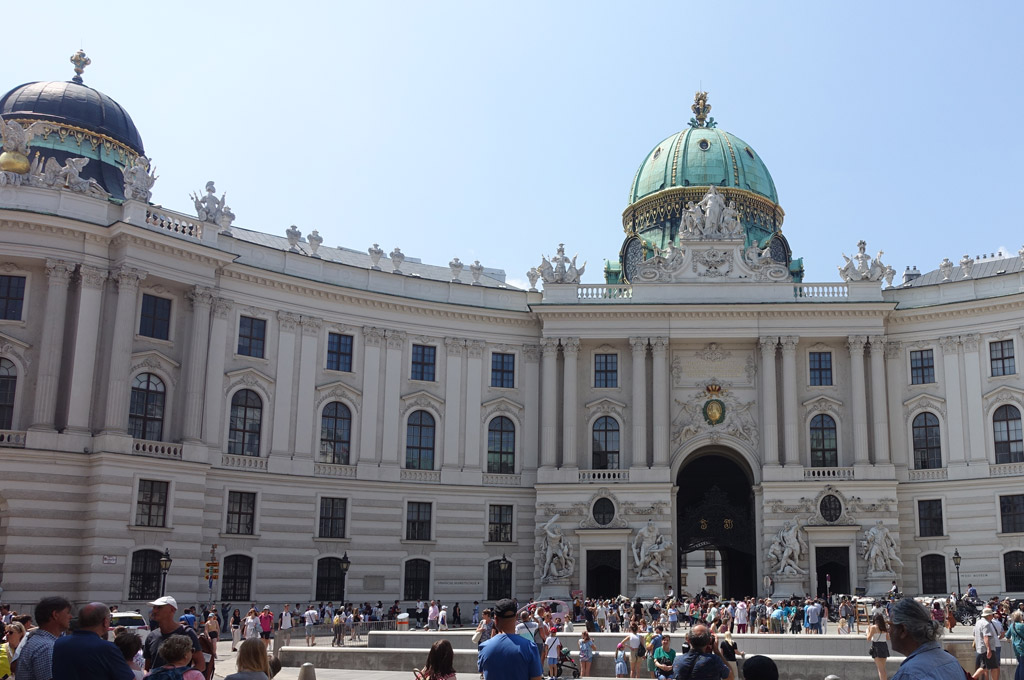
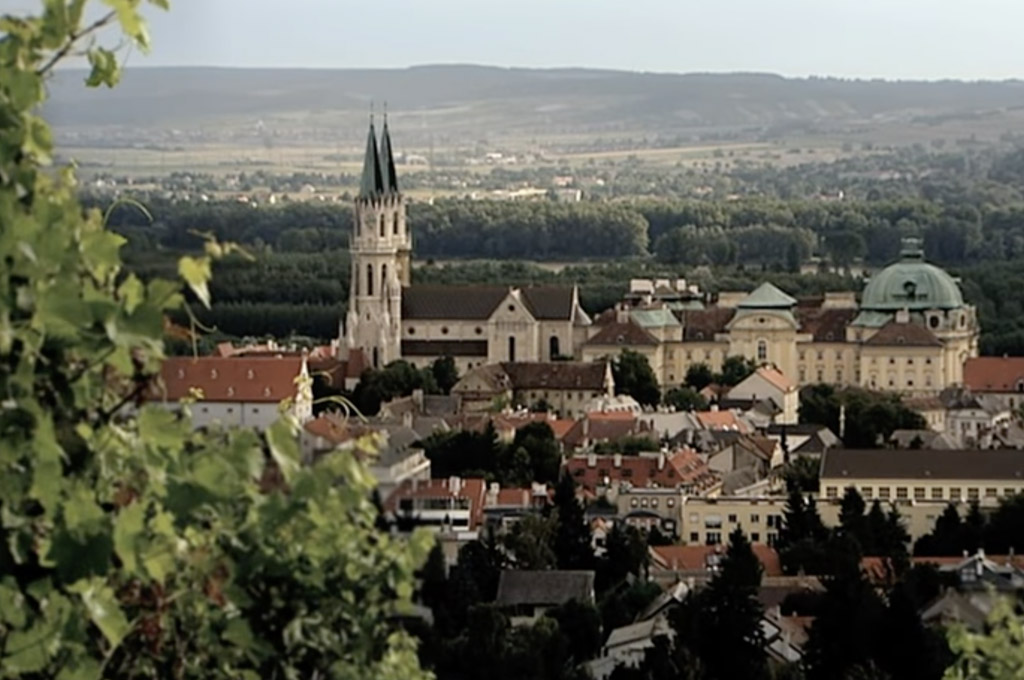 Klosterneuburg is an incredibly beautiful and very special place, not just in Austria, but on the planet. It has been Austria’s most important religious, cultural, and enological center for more than 900 years. Markgraf Leopold III laid the foundation stone in 1114. In 1133 Bishop Hartmann and thirty Augustinian Canons founded the monastery and worked fields and vineyards to sustain their living. The mighty Monastery and Palace Klosterneuburg -visible from afar- is breathtakingly beautiful: the location on the banks of the Danube river and its appearance that mostly goes back to the Baroque period.
Klosterneuburg is an incredibly beautiful and very special place, not just in Austria, but on the planet. It has been Austria’s most important religious, cultural, and enological center for more than 900 years. Markgraf Leopold III laid the foundation stone in 1114. In 1133 Bishop Hartmann and thirty Augustinian Canons founded the monastery and worked fields and vineyards to sustain their living. The mighty Monastery and Palace Klosterneuburg -visible from afar- is breathtakingly beautiful: the location on the banks of the Danube river and its appearance that mostly goes back to the Baroque period.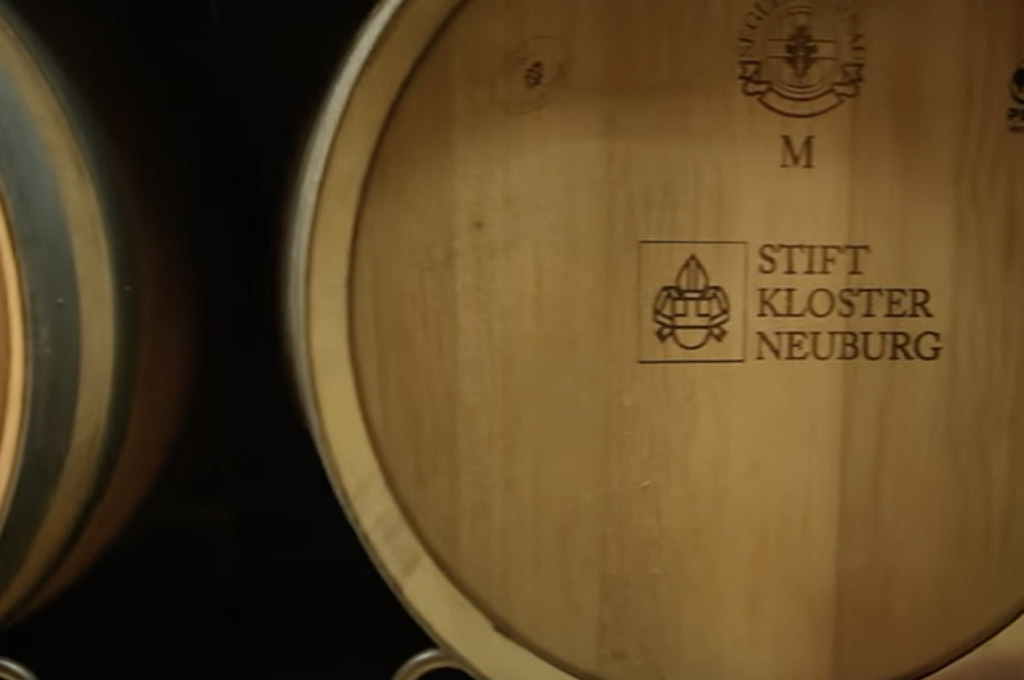 Stift Klosterneuburg is one of the oldest continuously operated wine estates of the world. Since 1133, except for four years during WWII, Augustinian monks made wine at Stift Klosterneuburg. Today Stift Klosterneuburg is Austria’s oldest and largest privately owned wine estate with 225 acres of vineyards in top sites around Klosterneuburg. In 1860 the monks founded the first enological school which still today has a stellar reputation, and most of the top winemakers in Austria studied here. Stift Kosterneuburg is also Austria’s only carbon-neutral winery.
Stift Klosterneuburg is one of the oldest continuously operated wine estates of the world. Since 1133, except for four years during WWII, Augustinian monks made wine at Stift Klosterneuburg. Today Stift Klosterneuburg is Austria’s oldest and largest privately owned wine estate with 225 acres of vineyards in top sites around Klosterneuburg. In 1860 the monks founded the first enological school which still today has a stellar reputation, and most of the top winemakers in Austria studied here. Stift Kosterneuburg is also Austria’s only carbon-neutral winery.